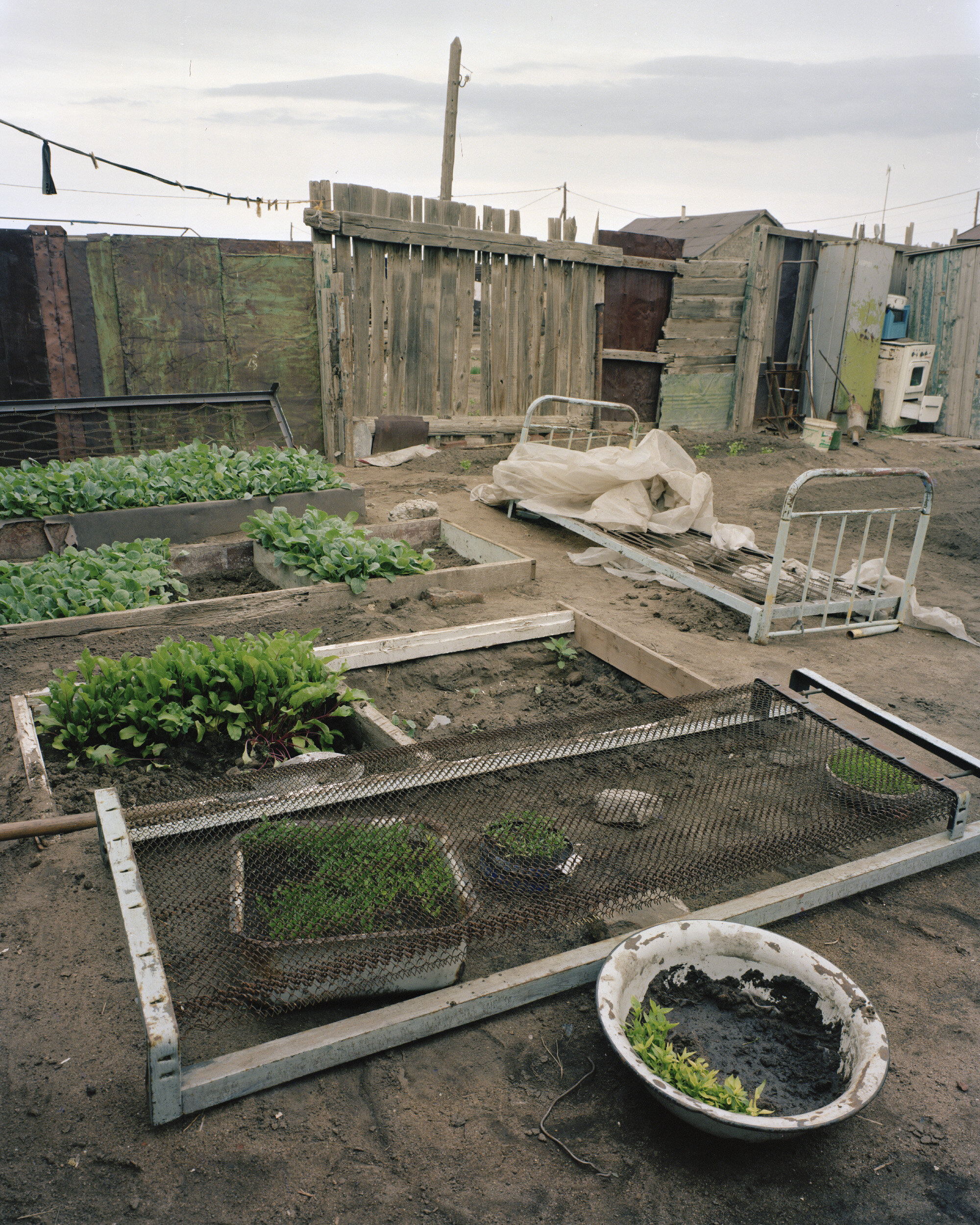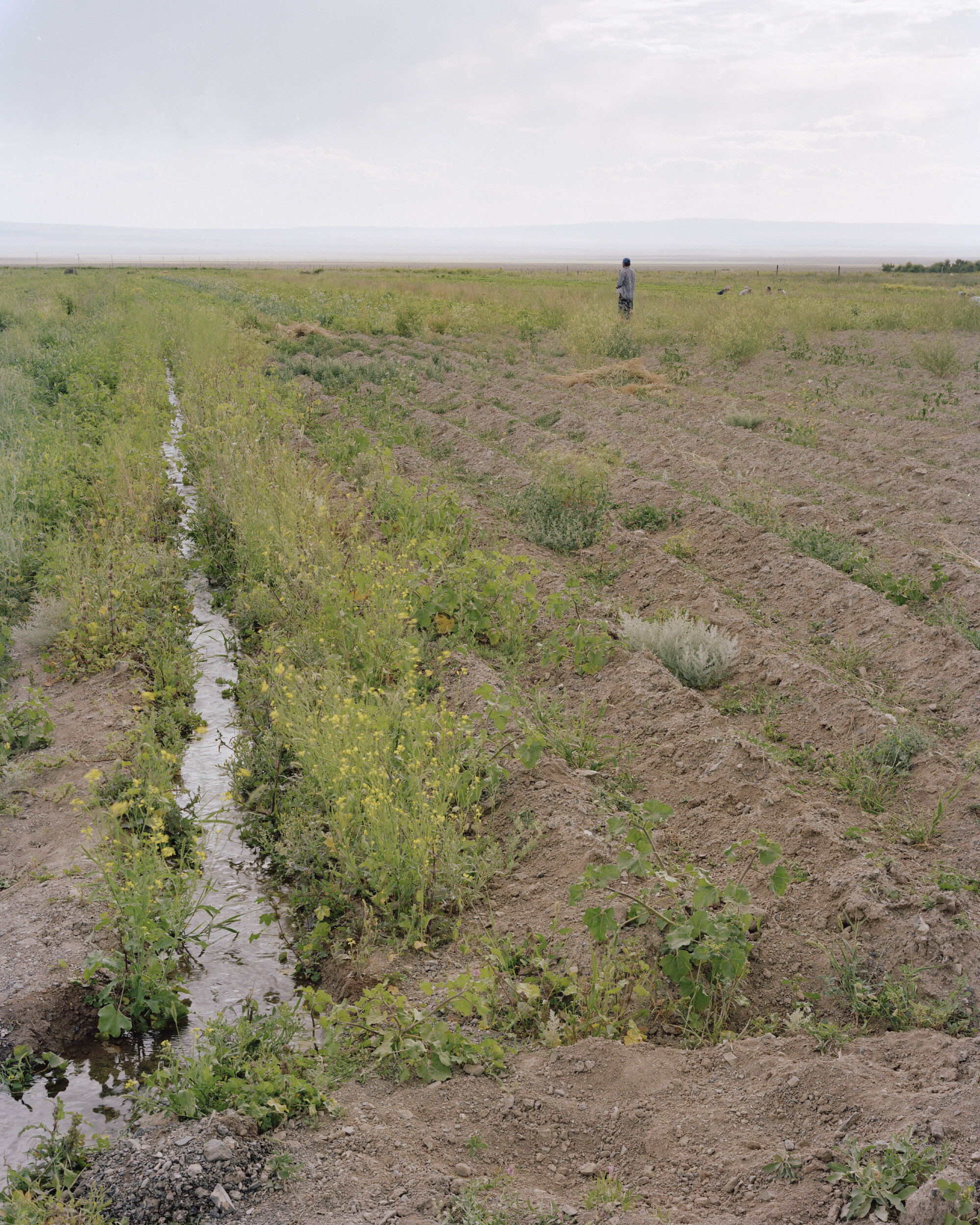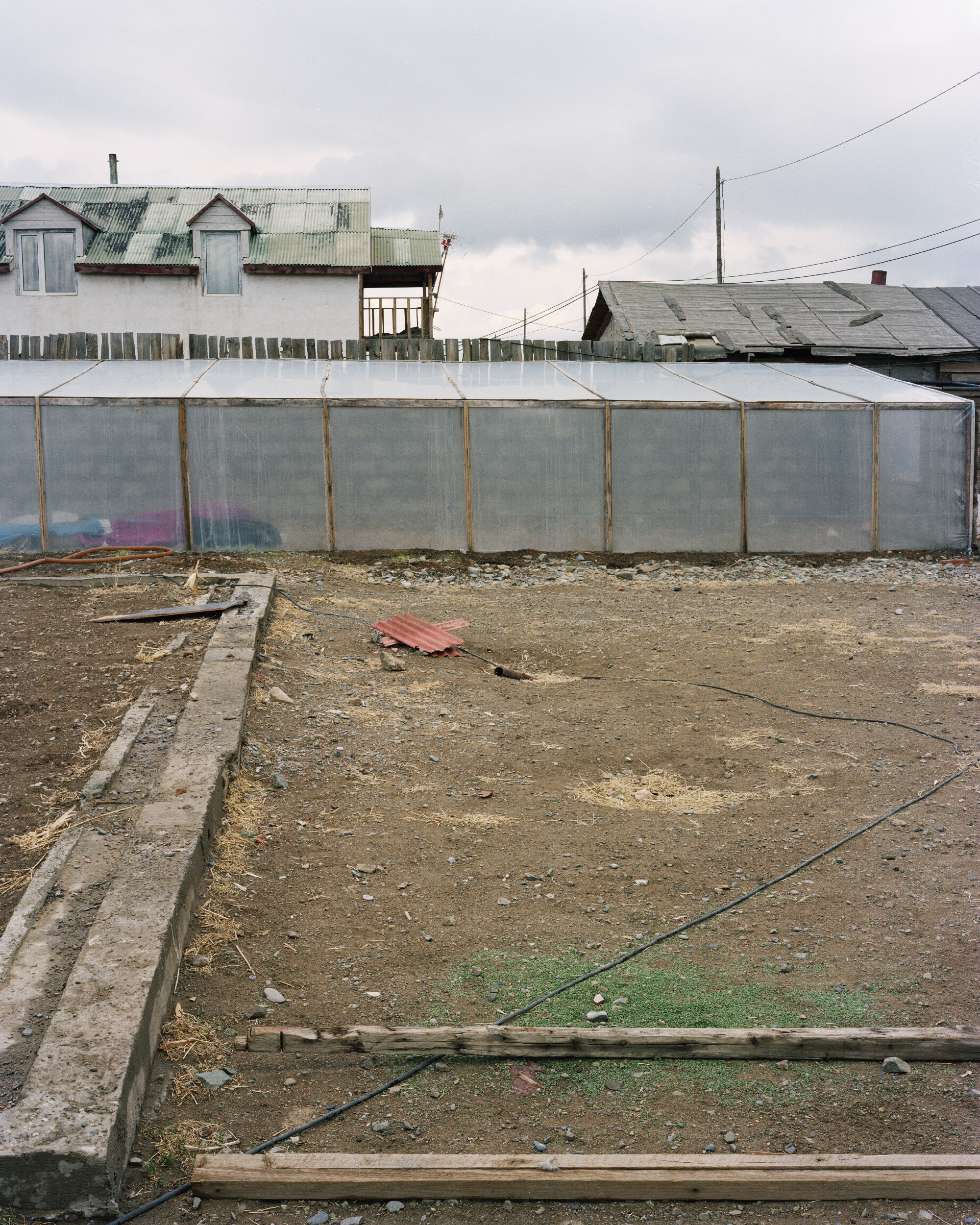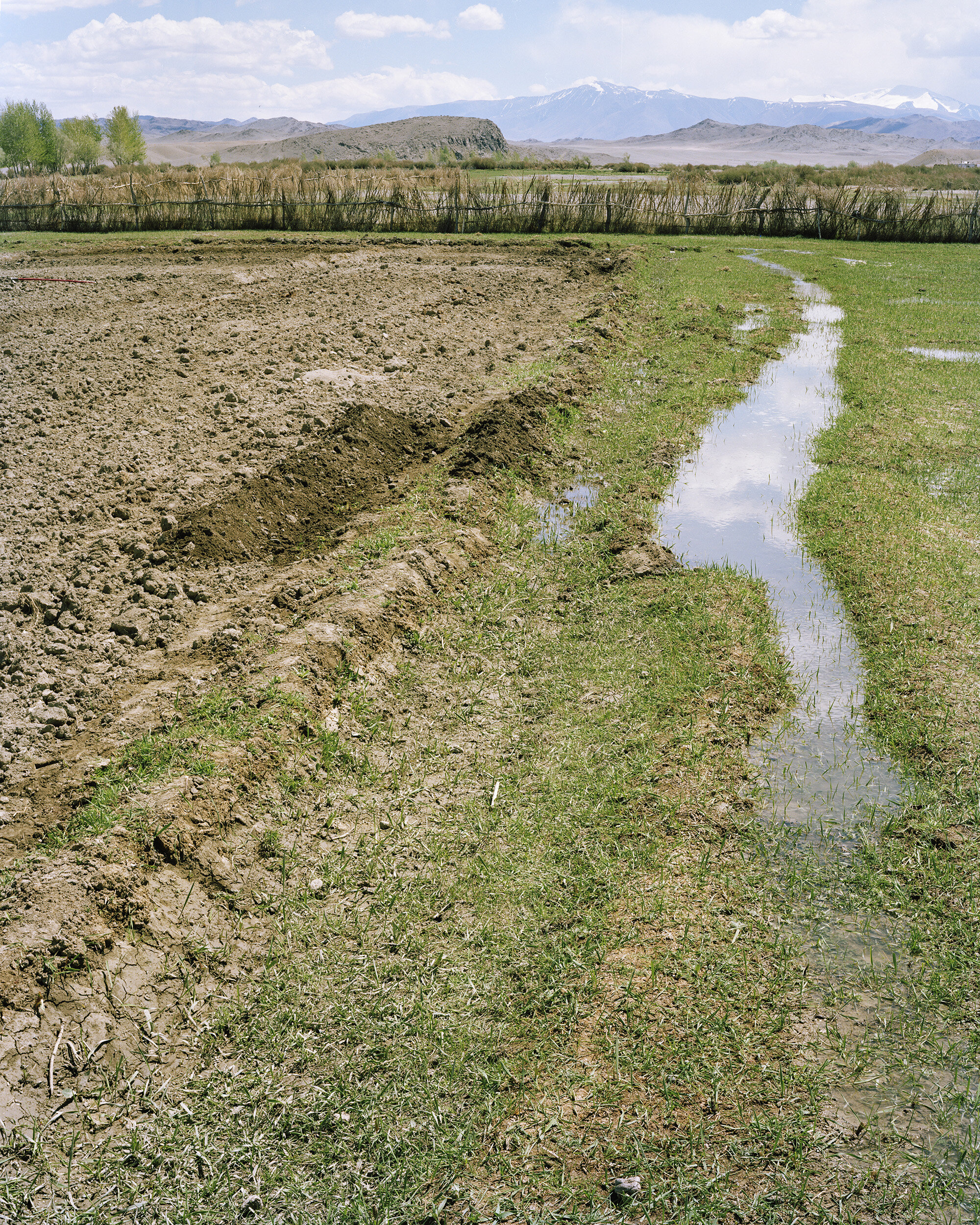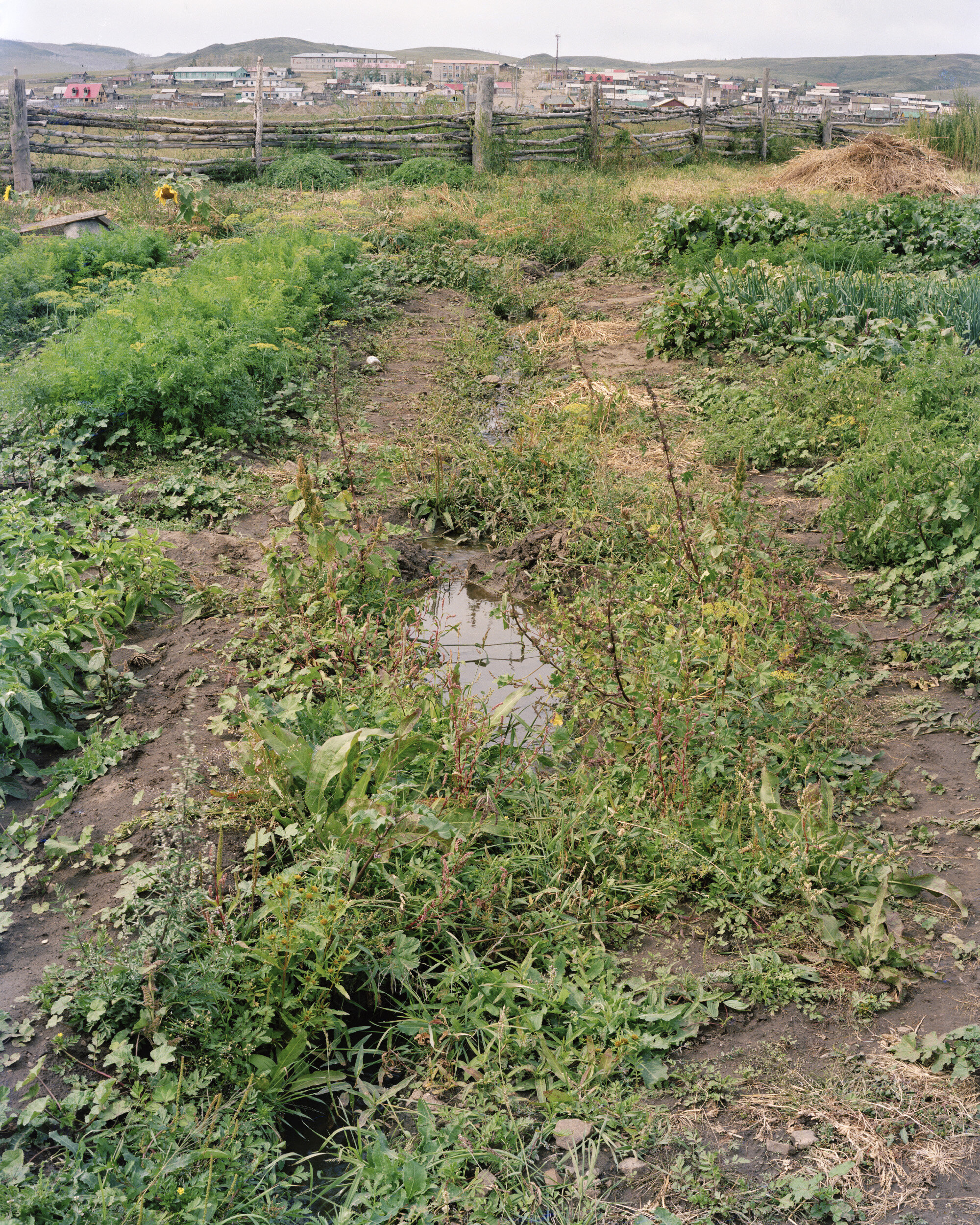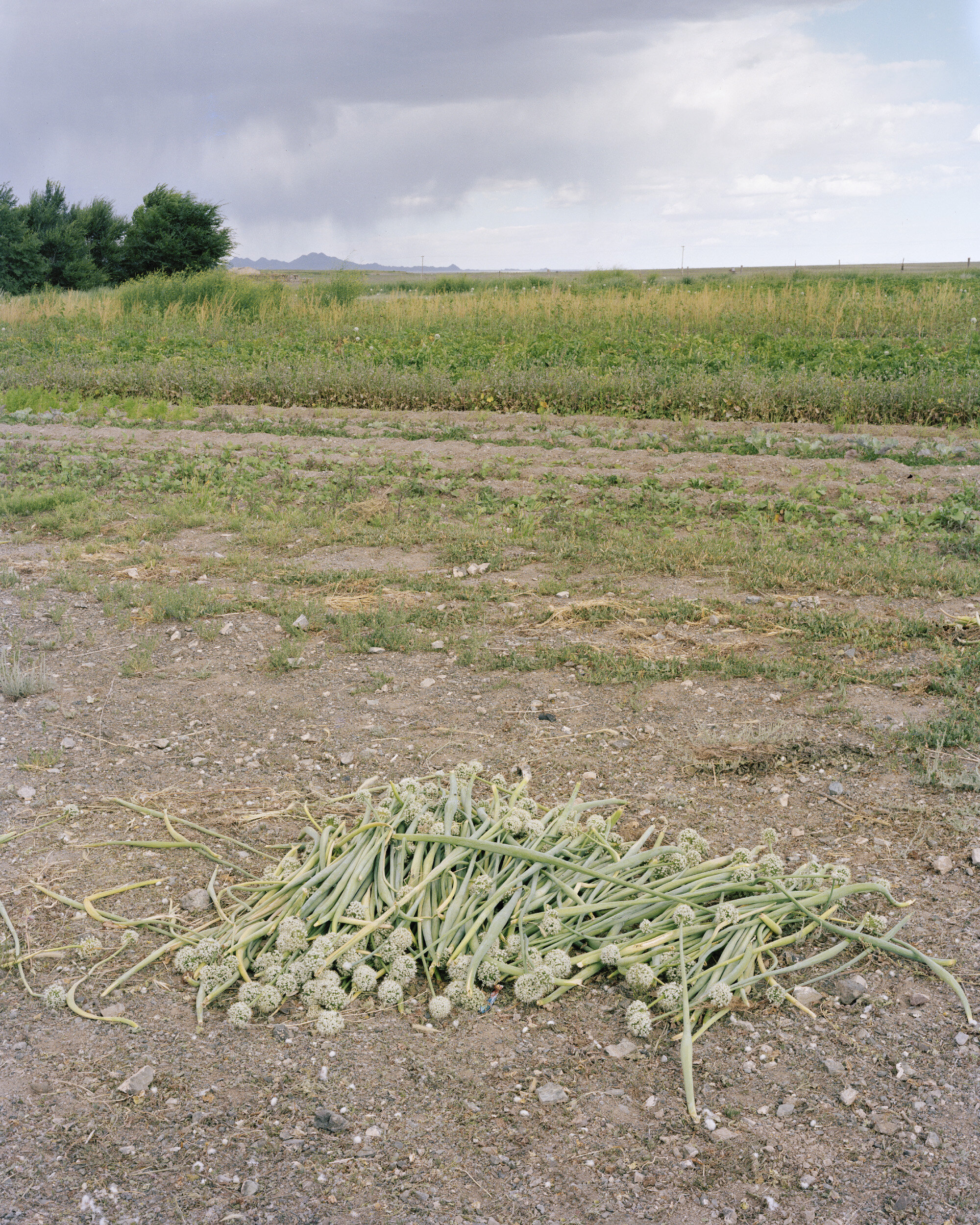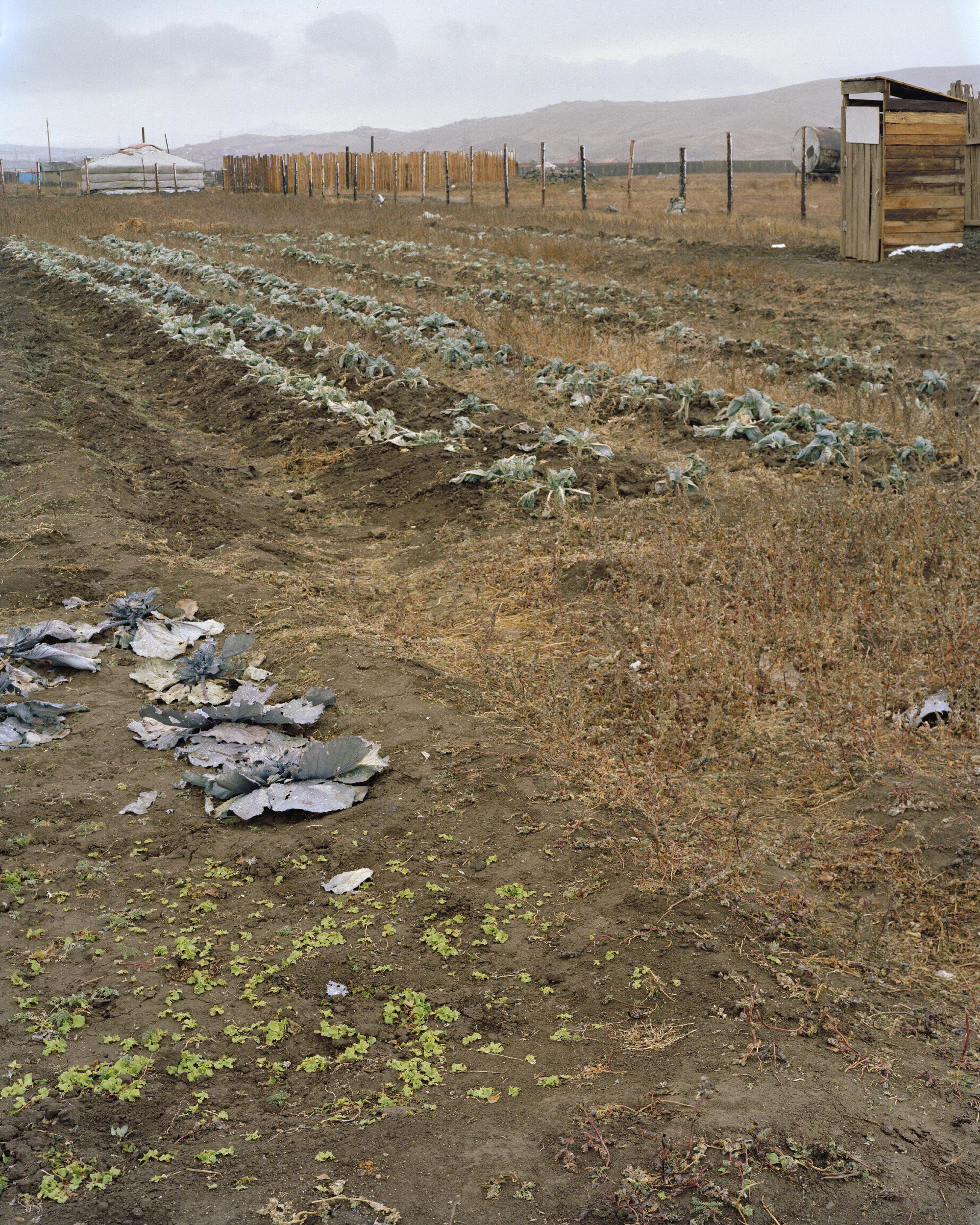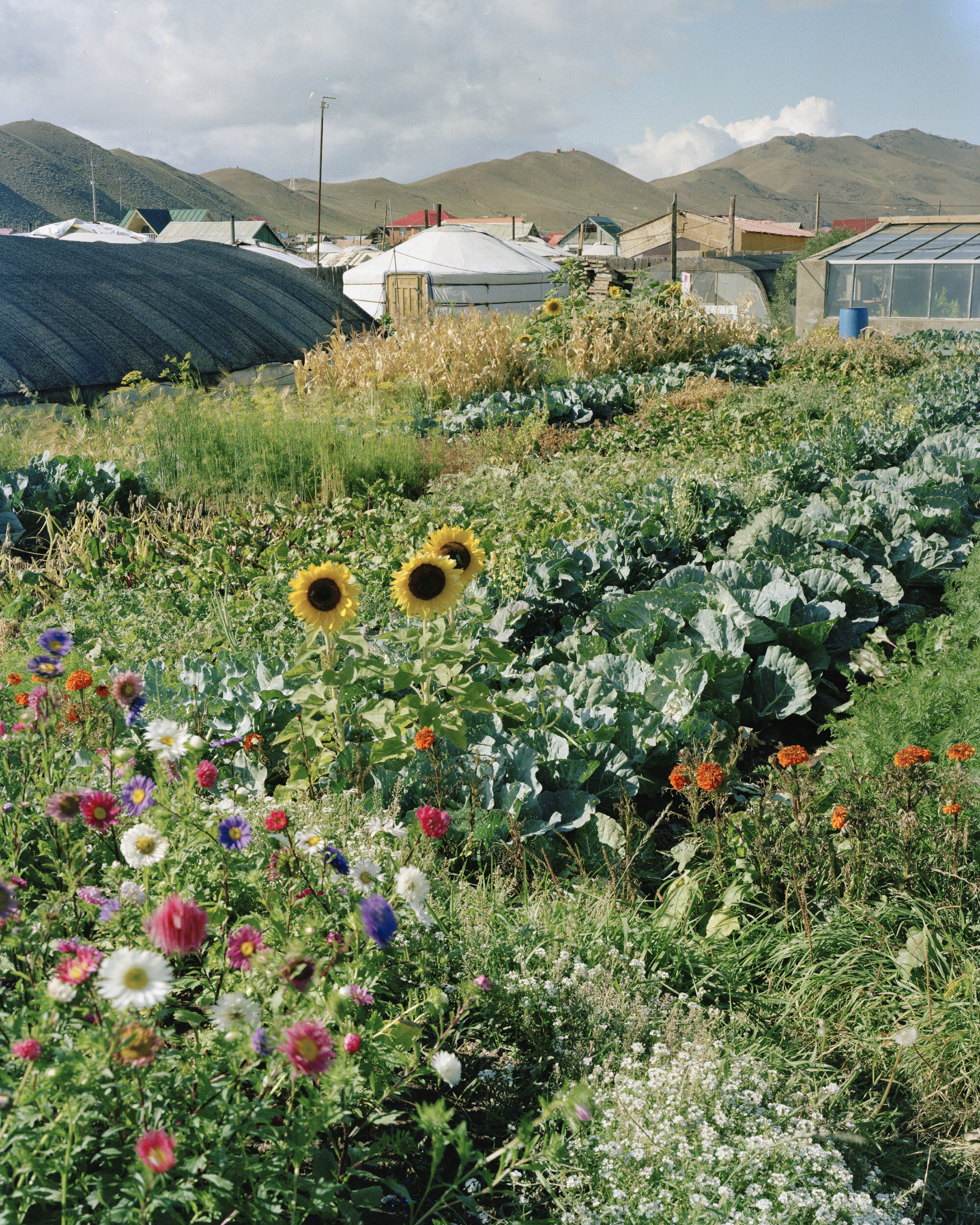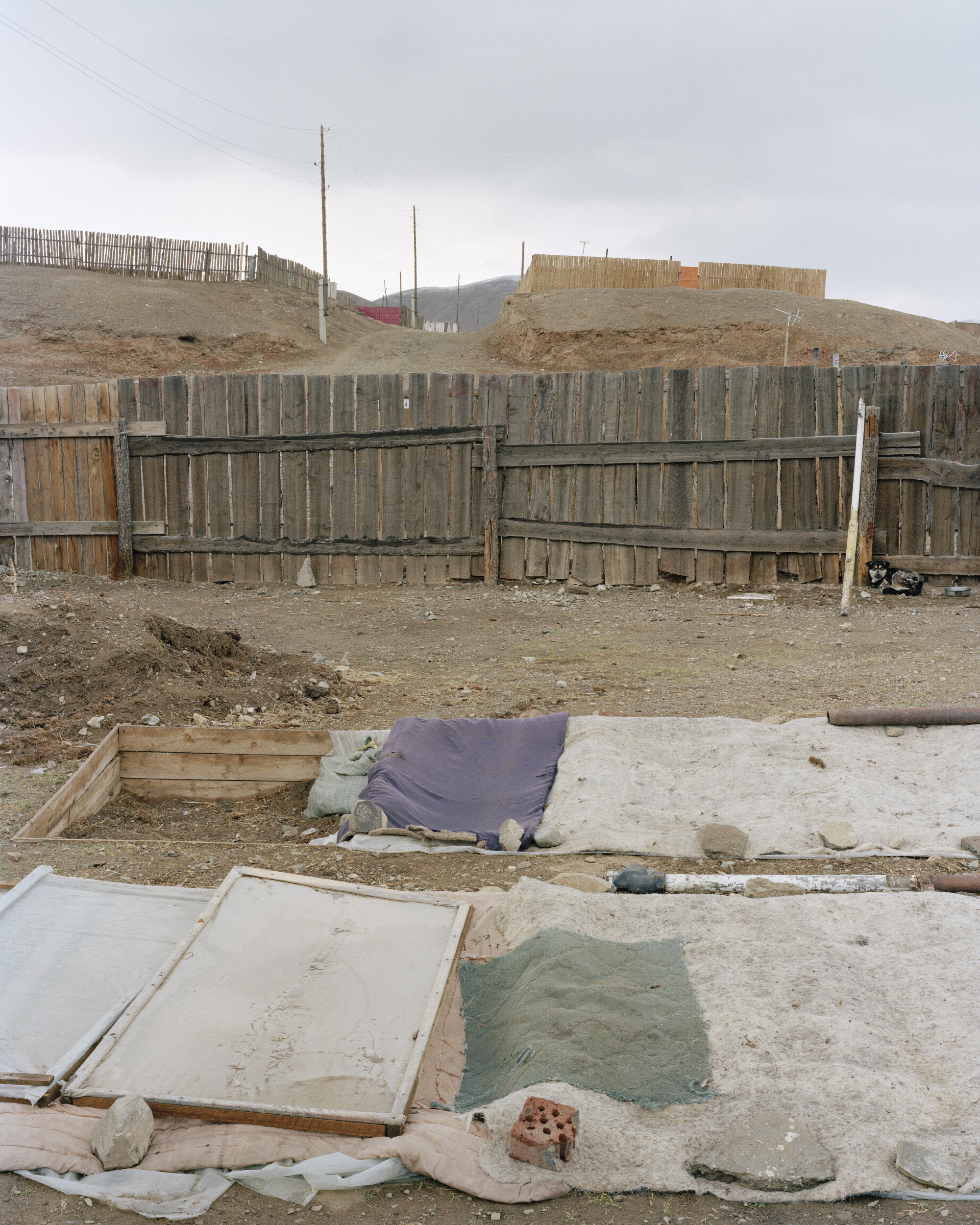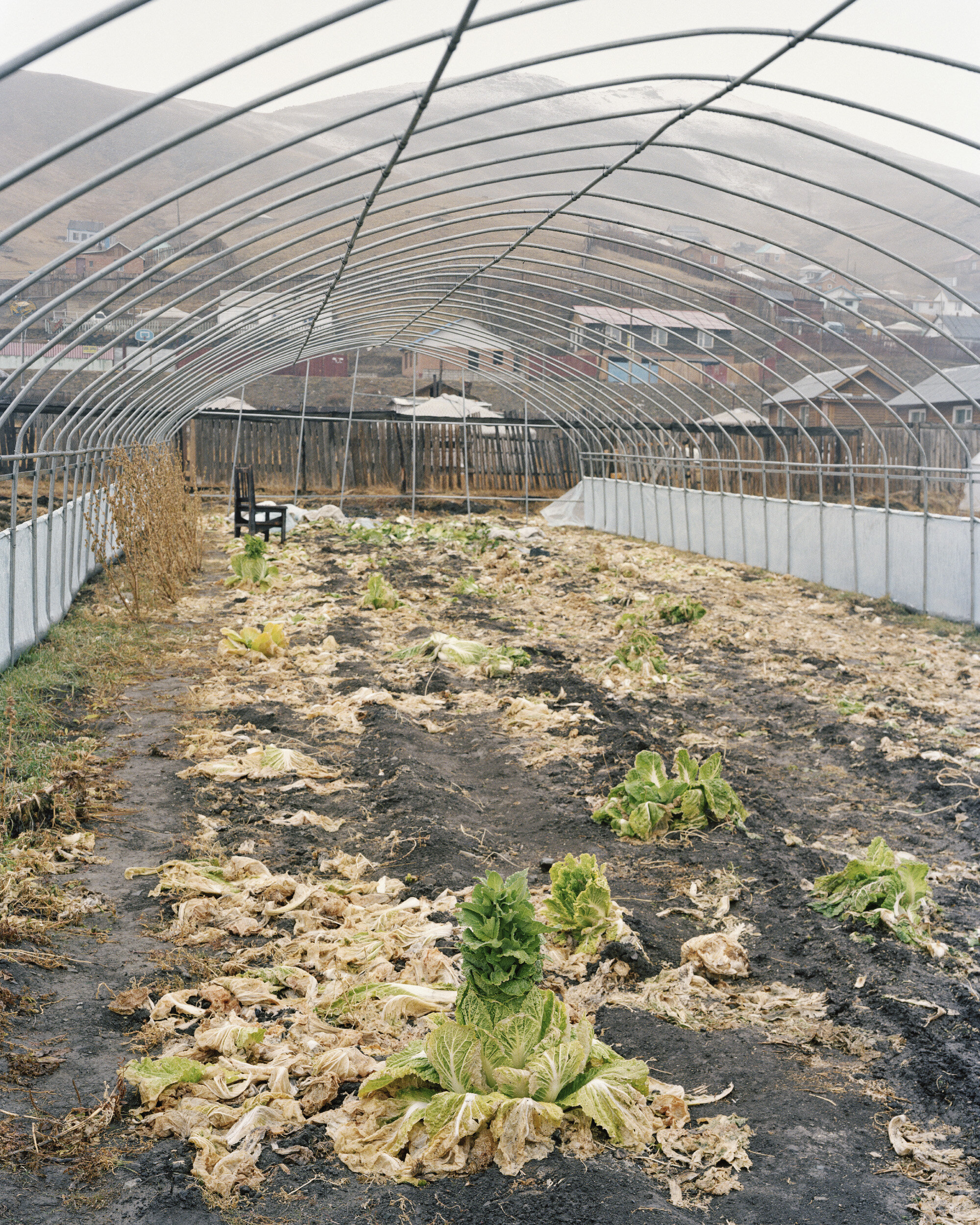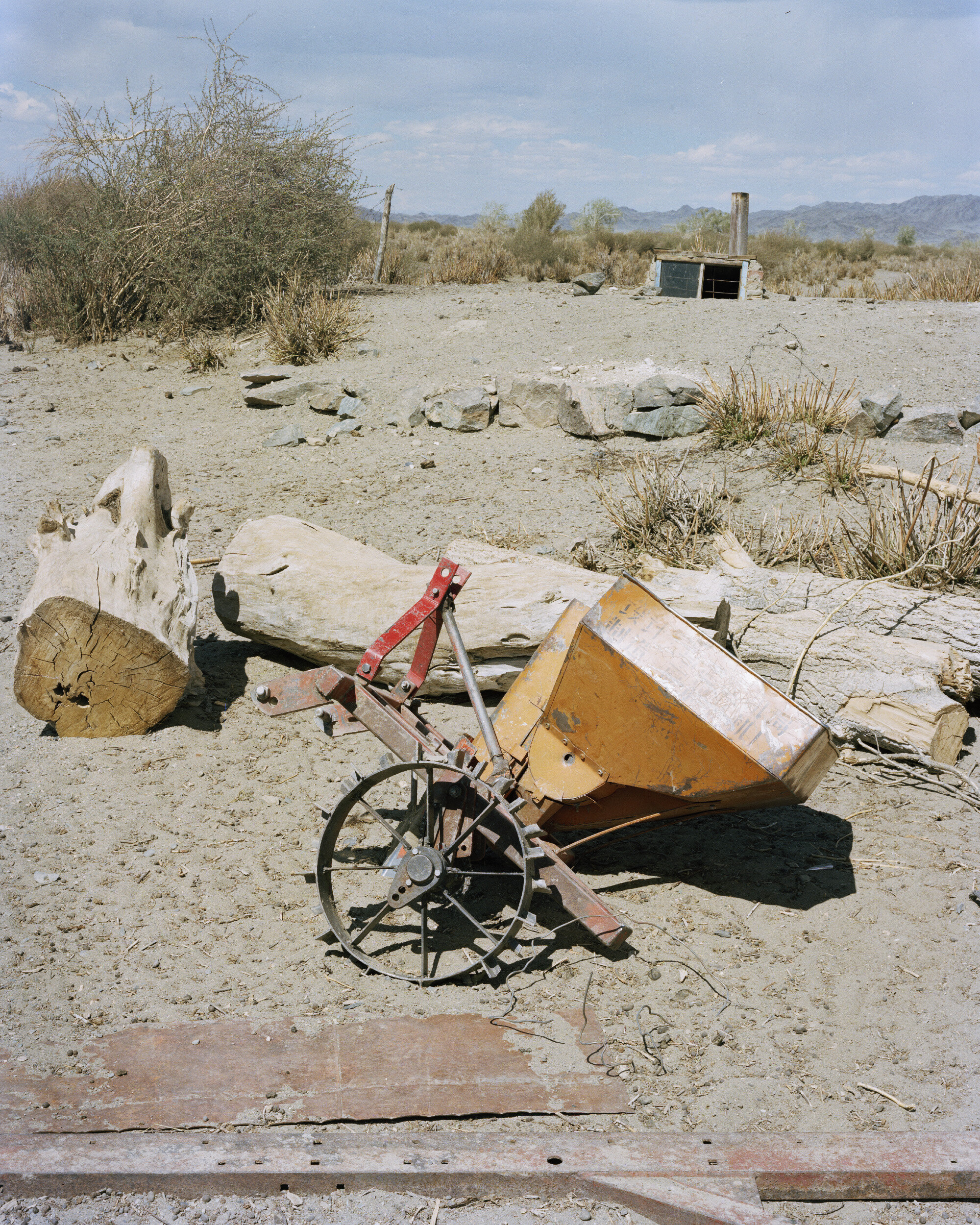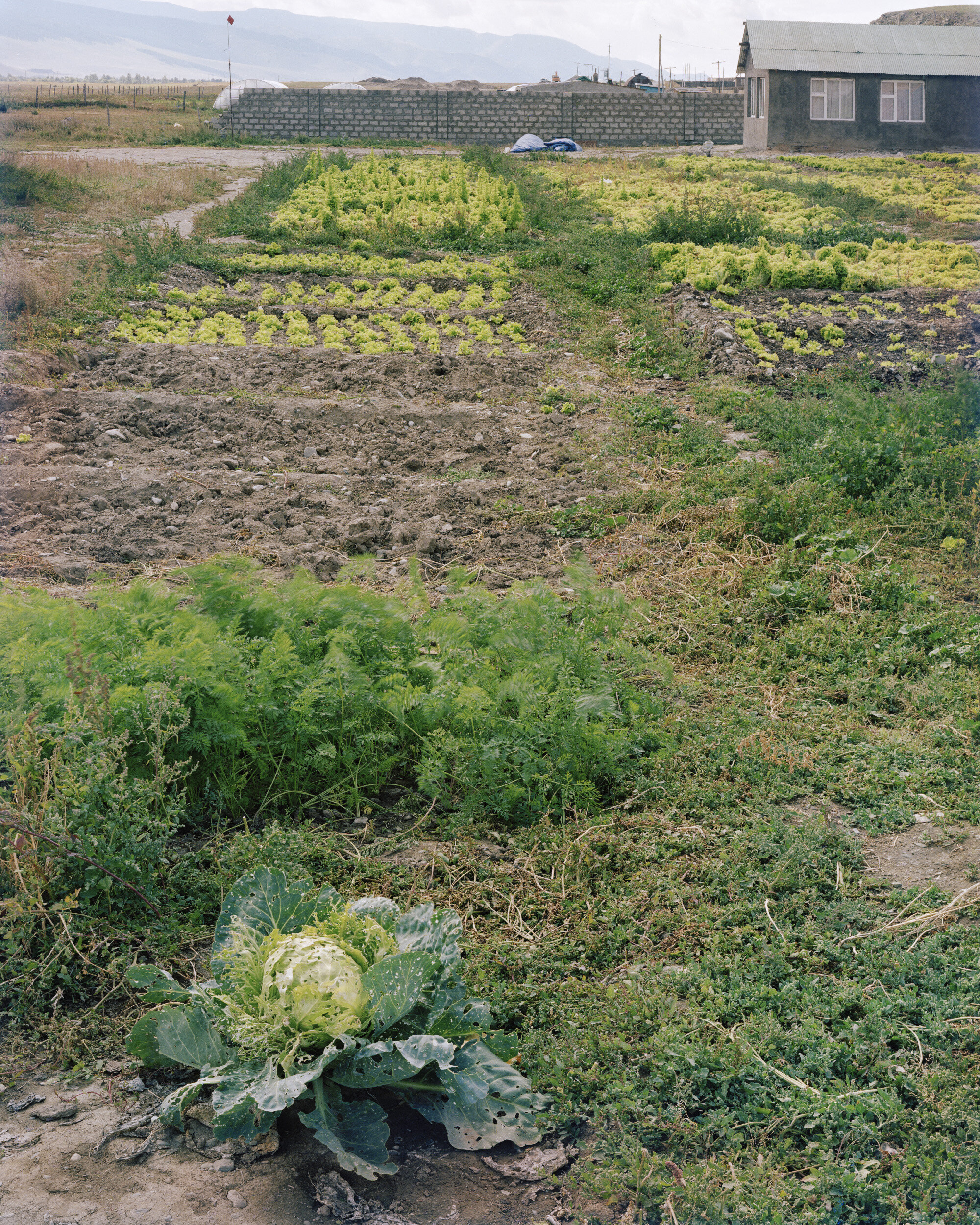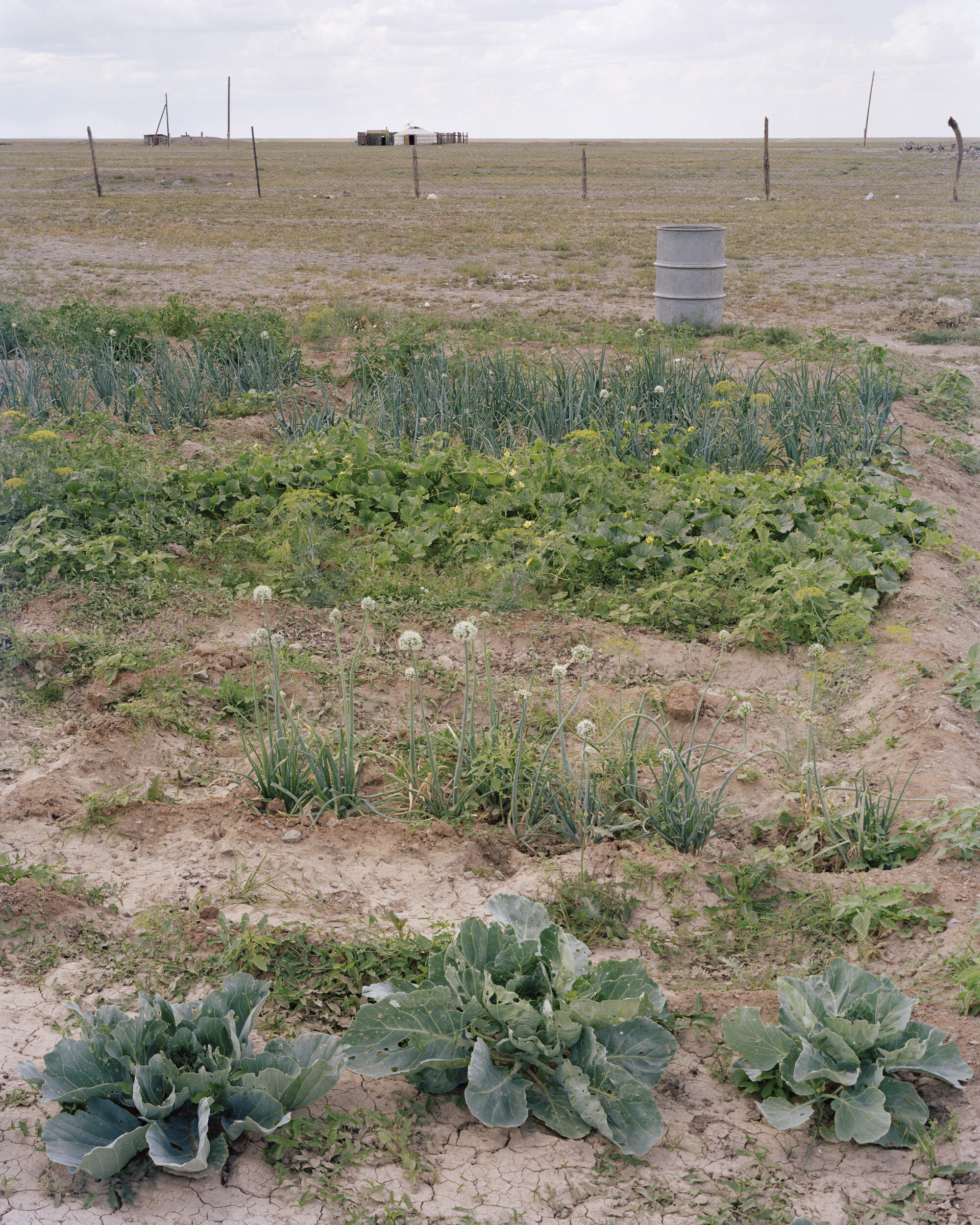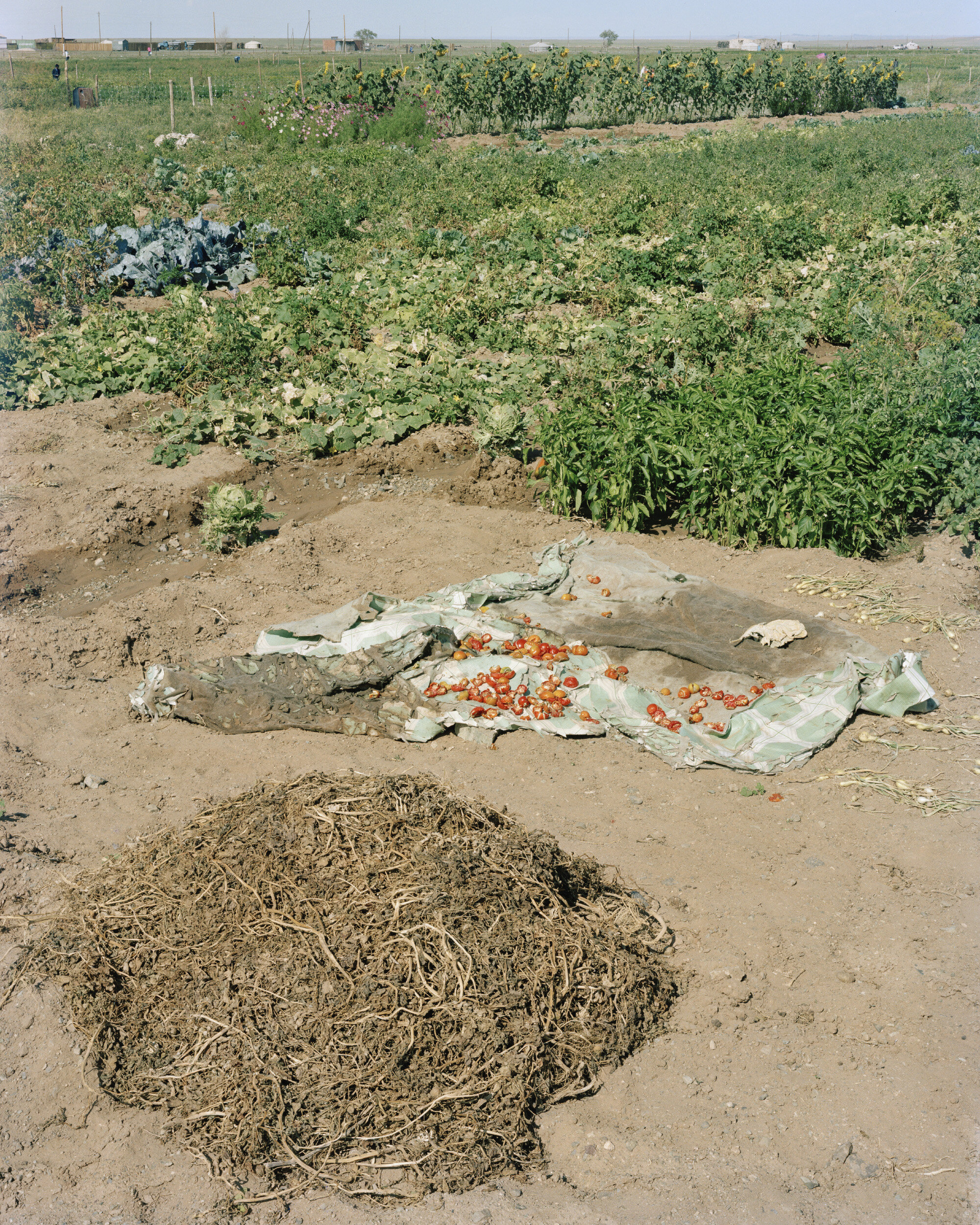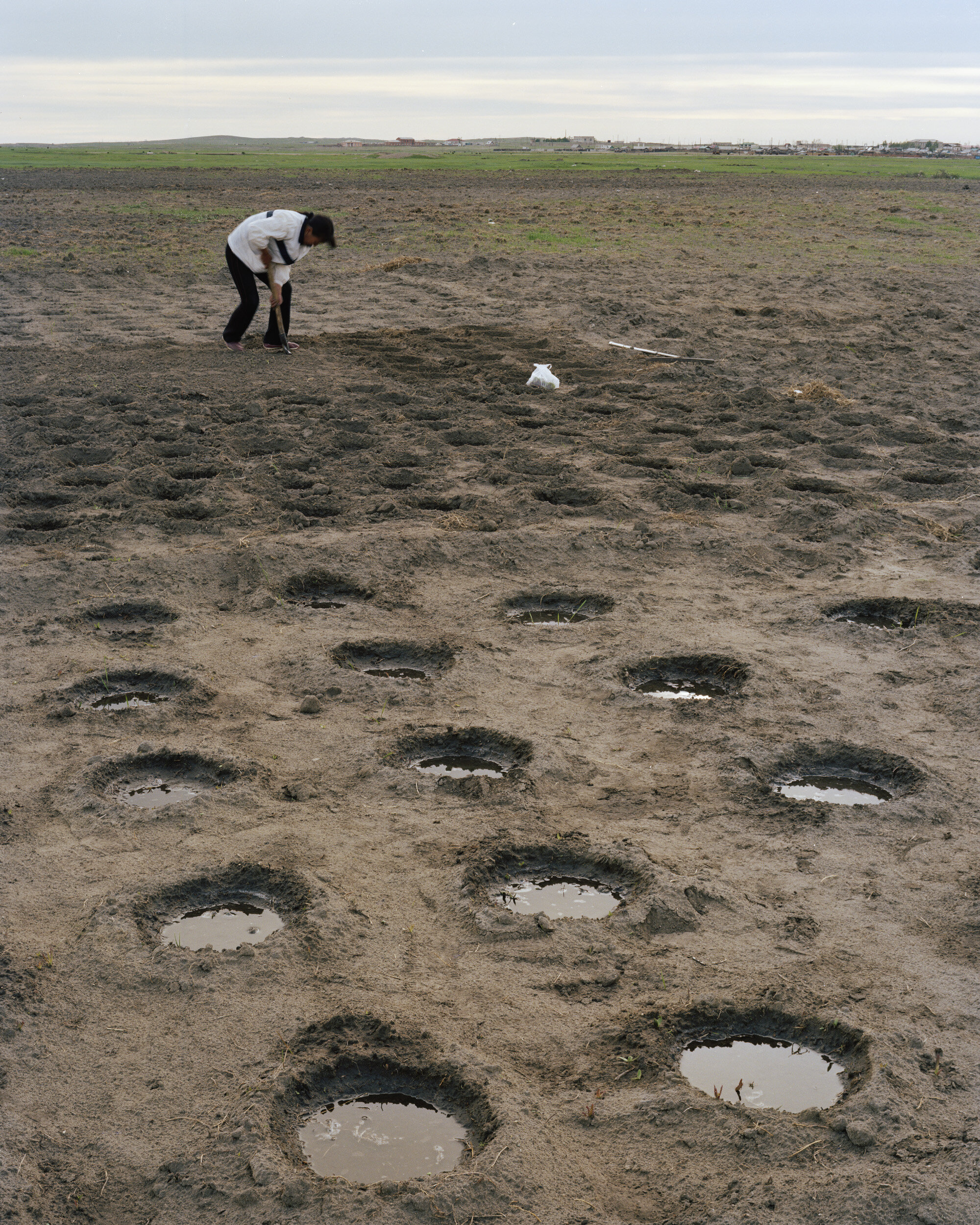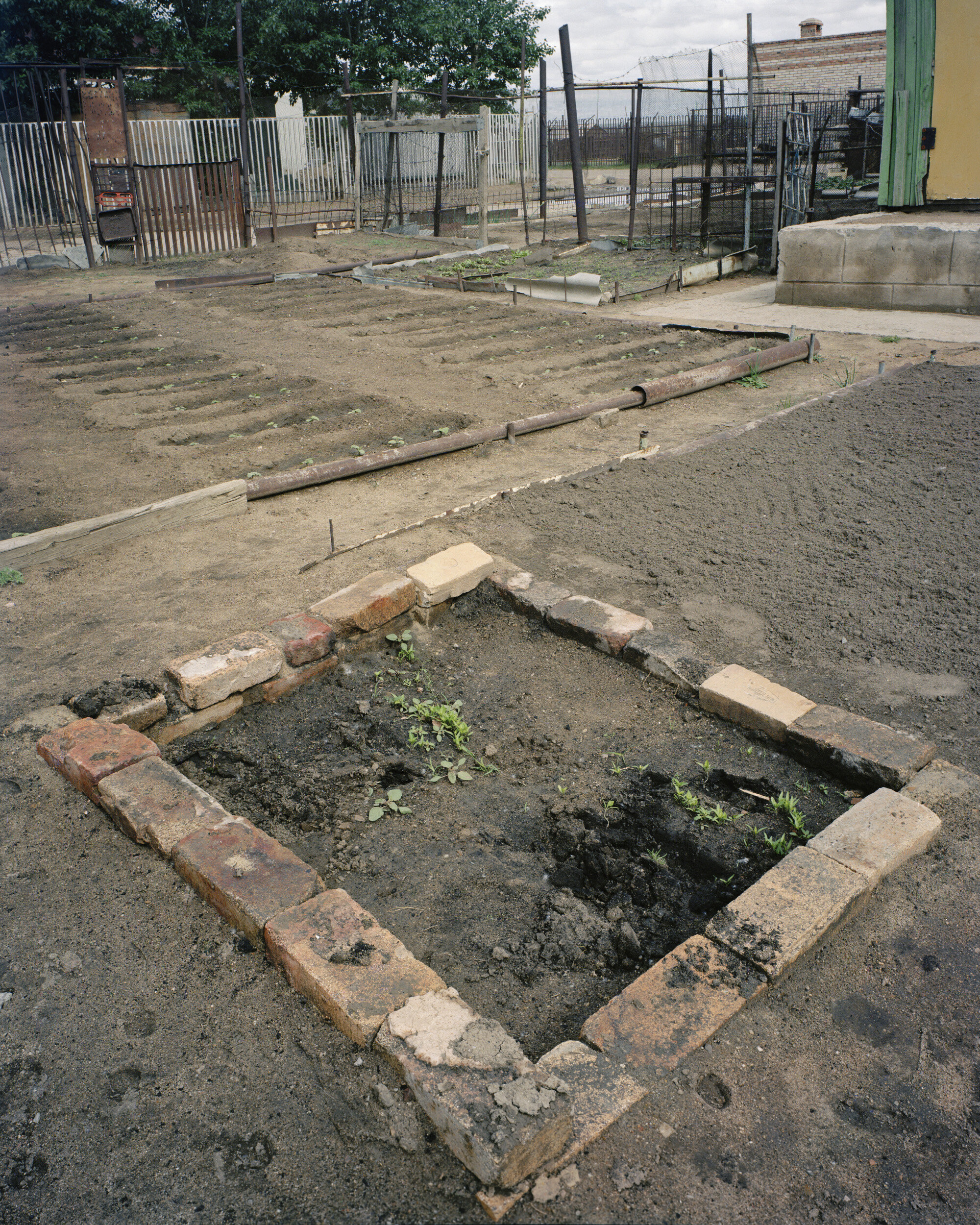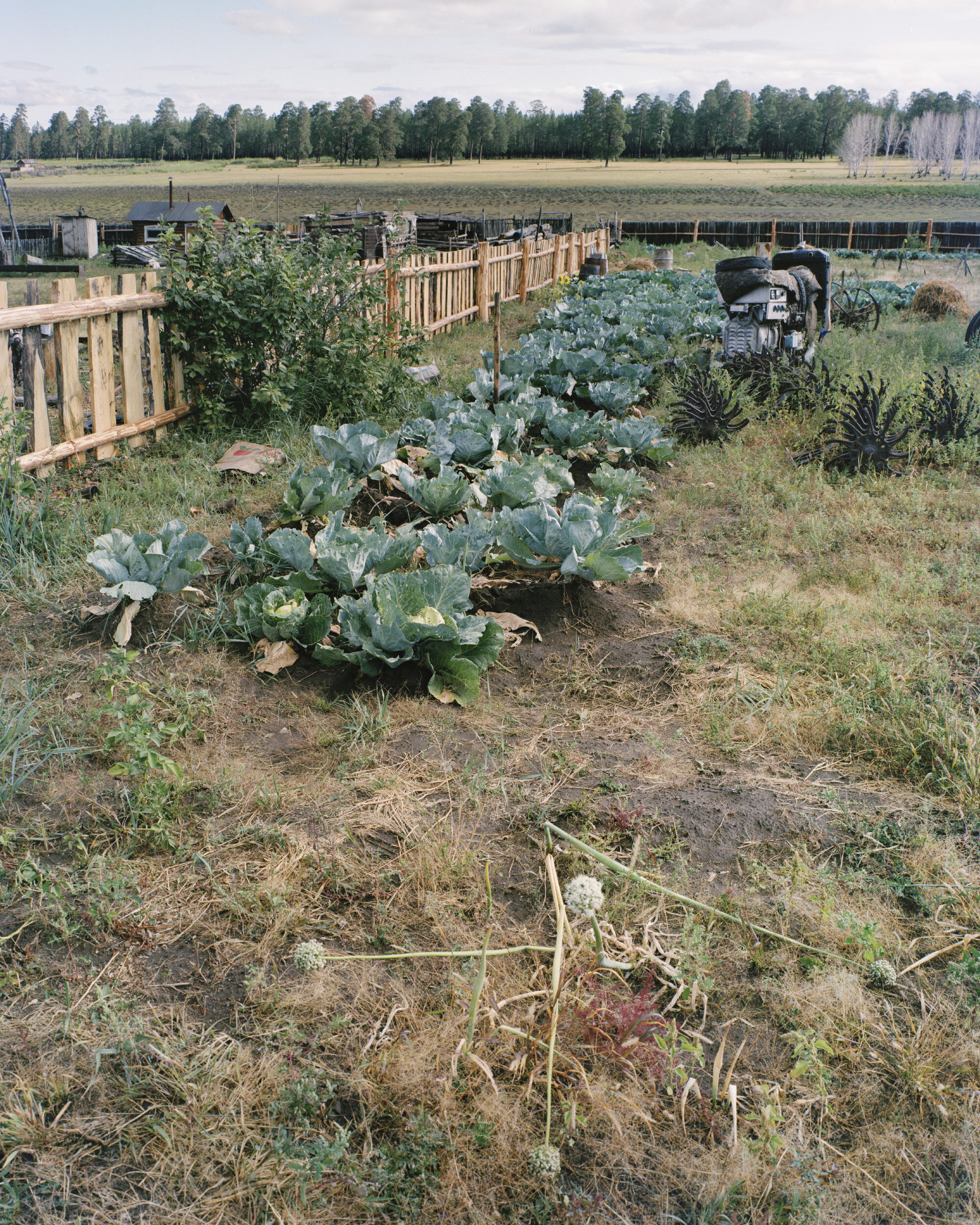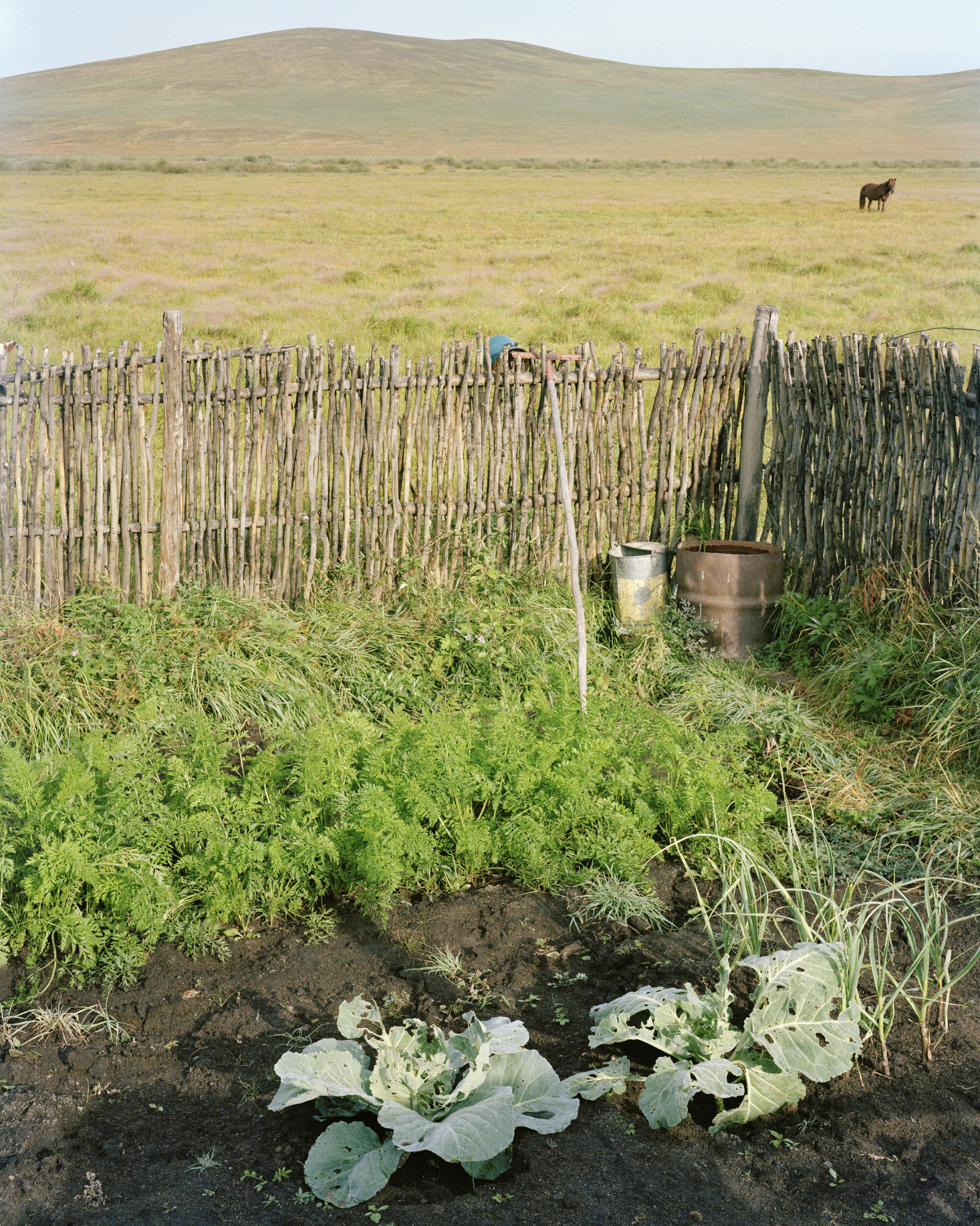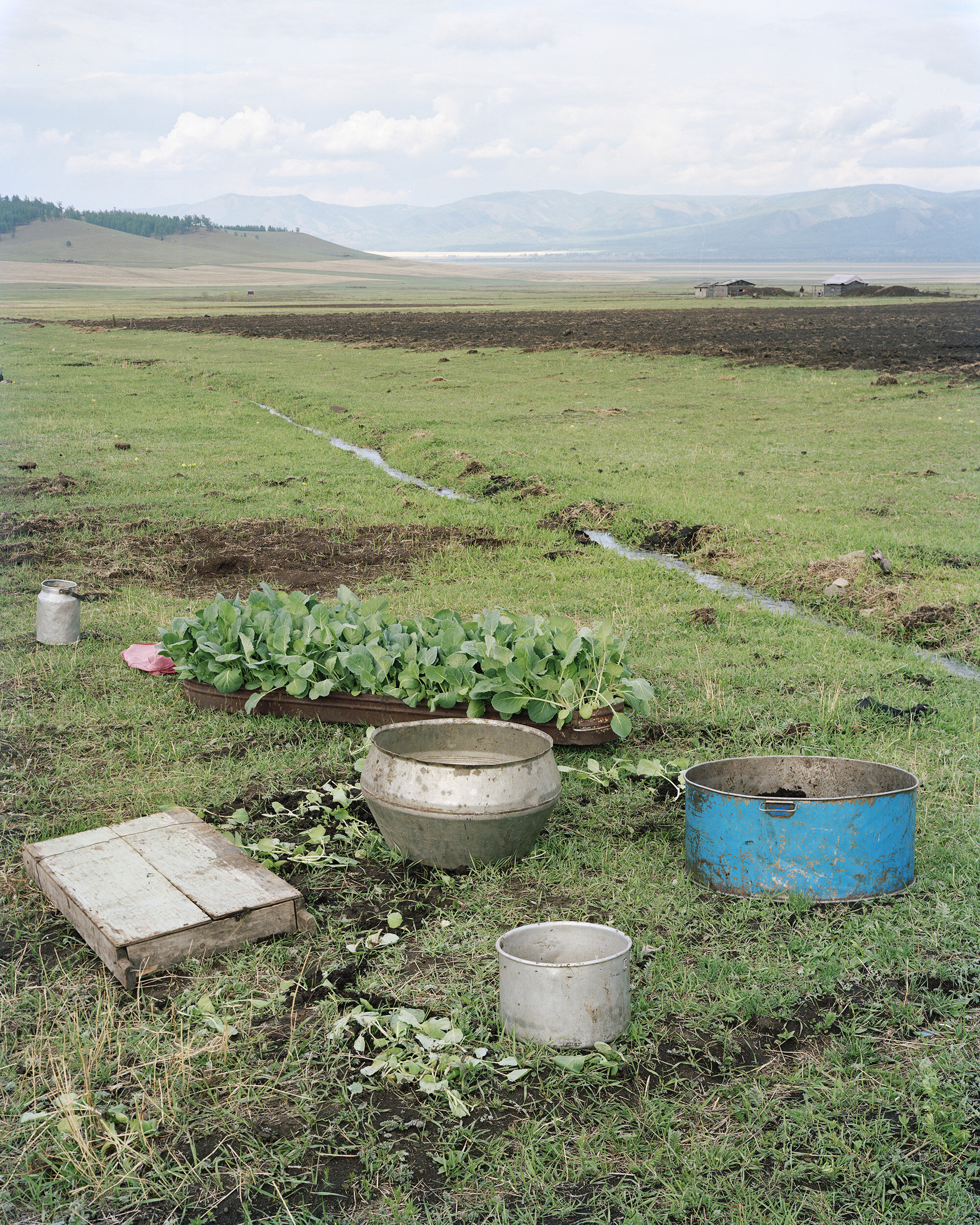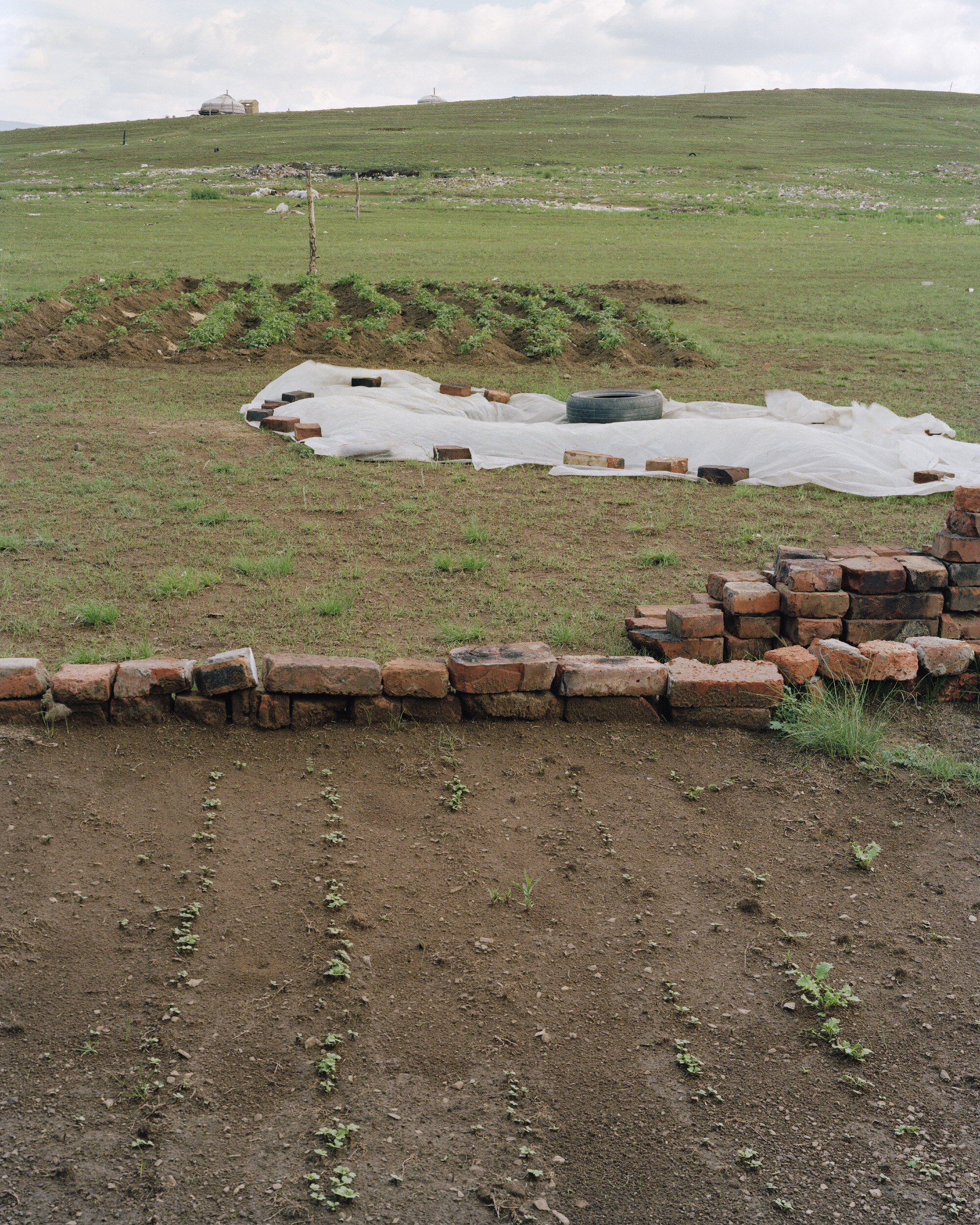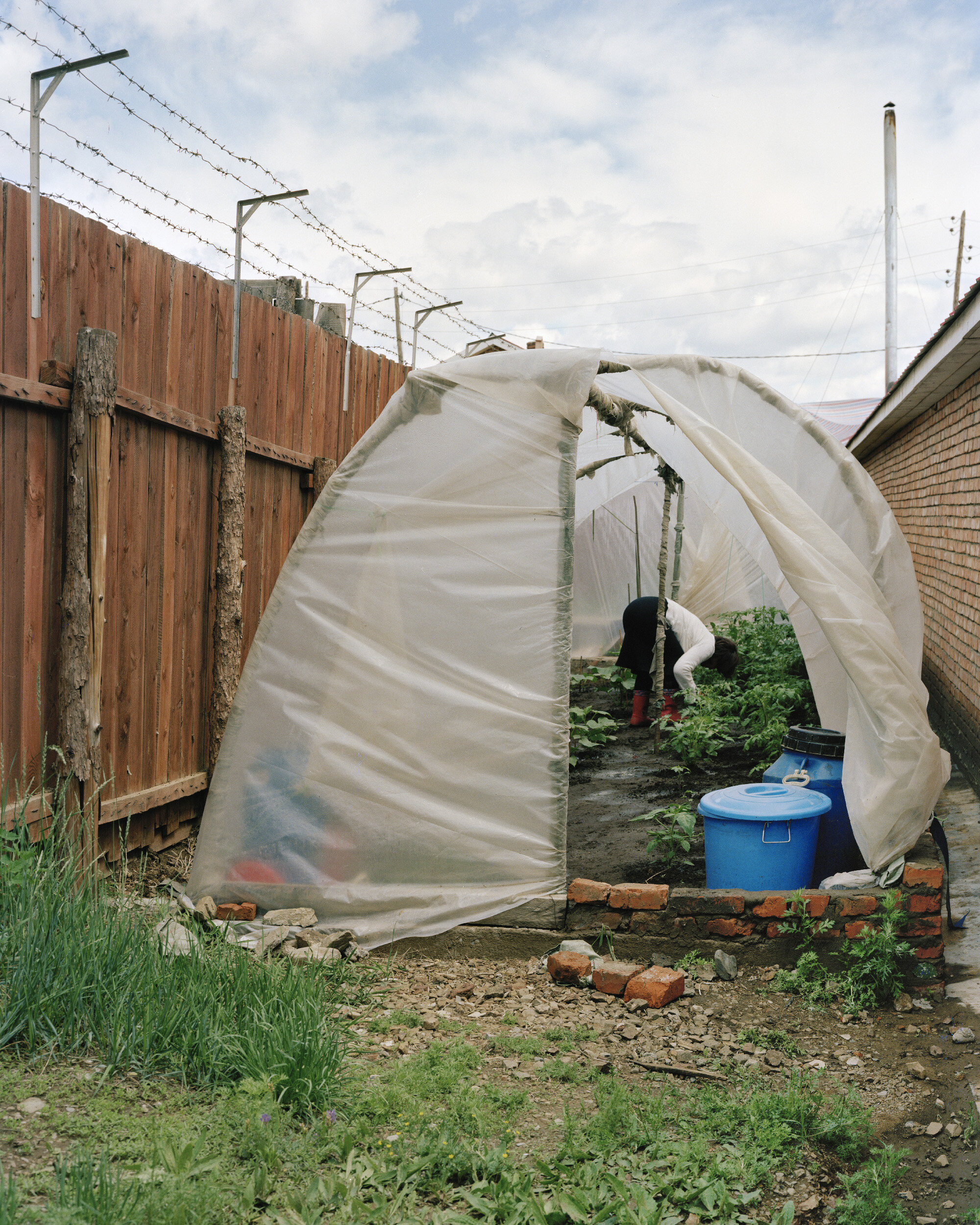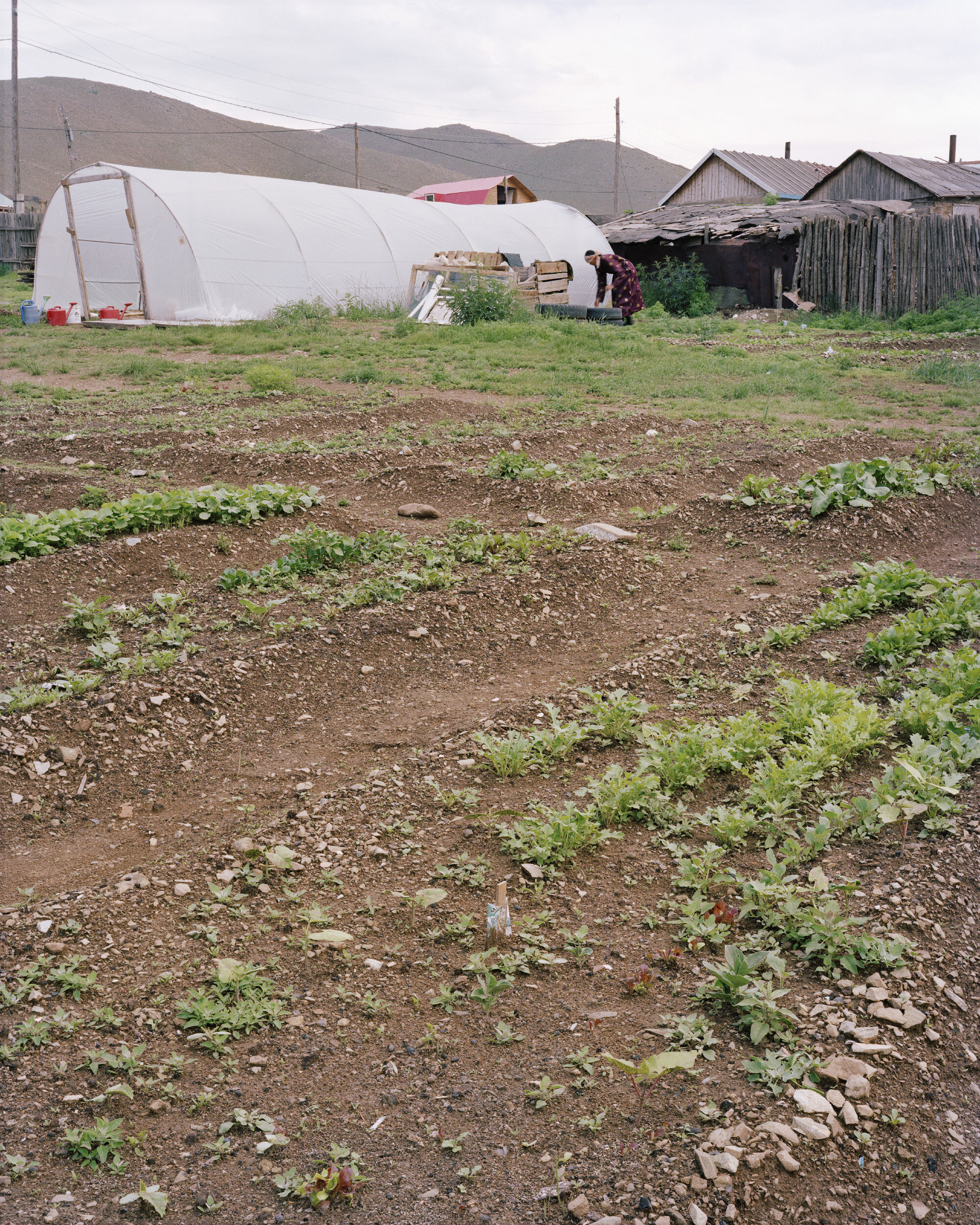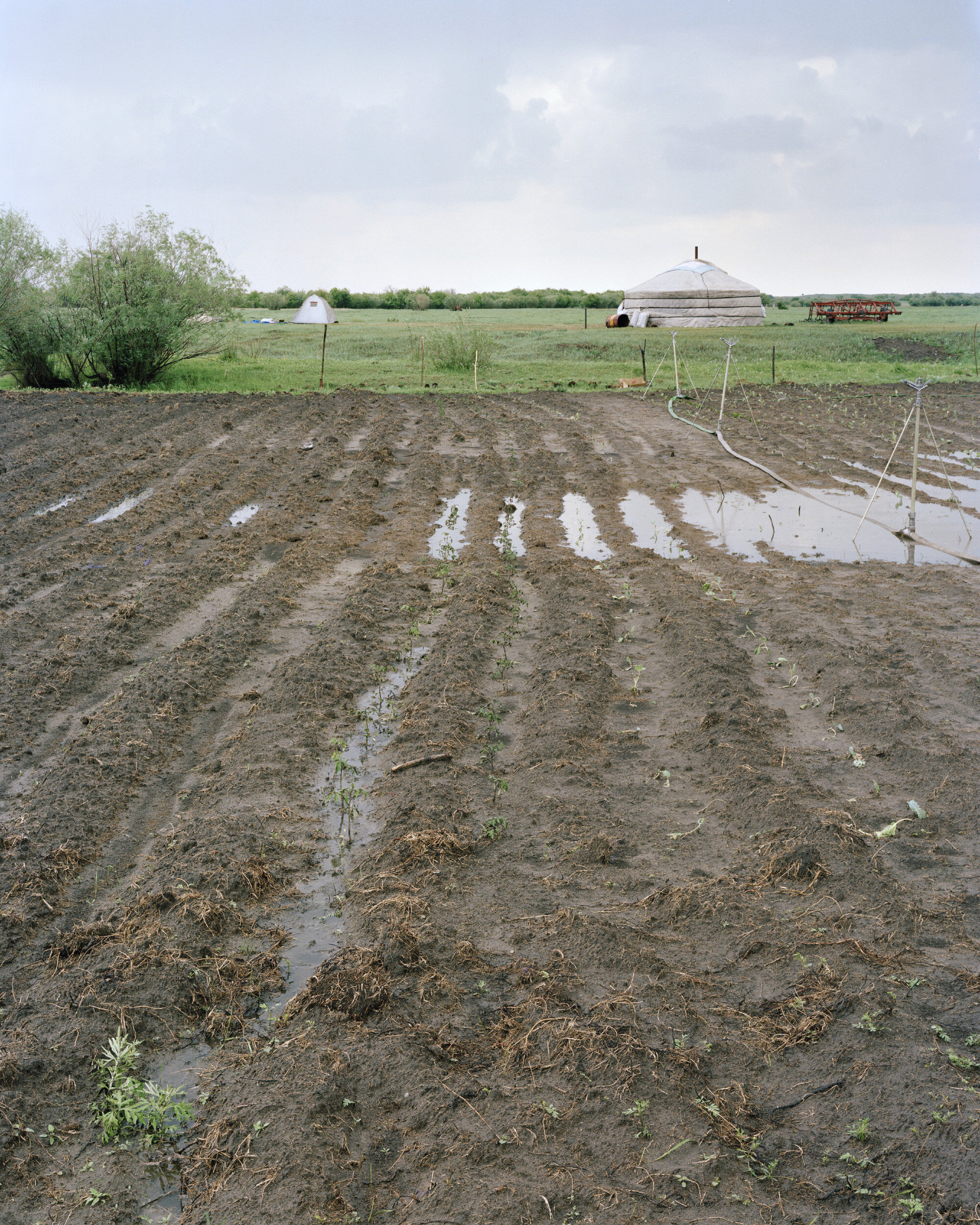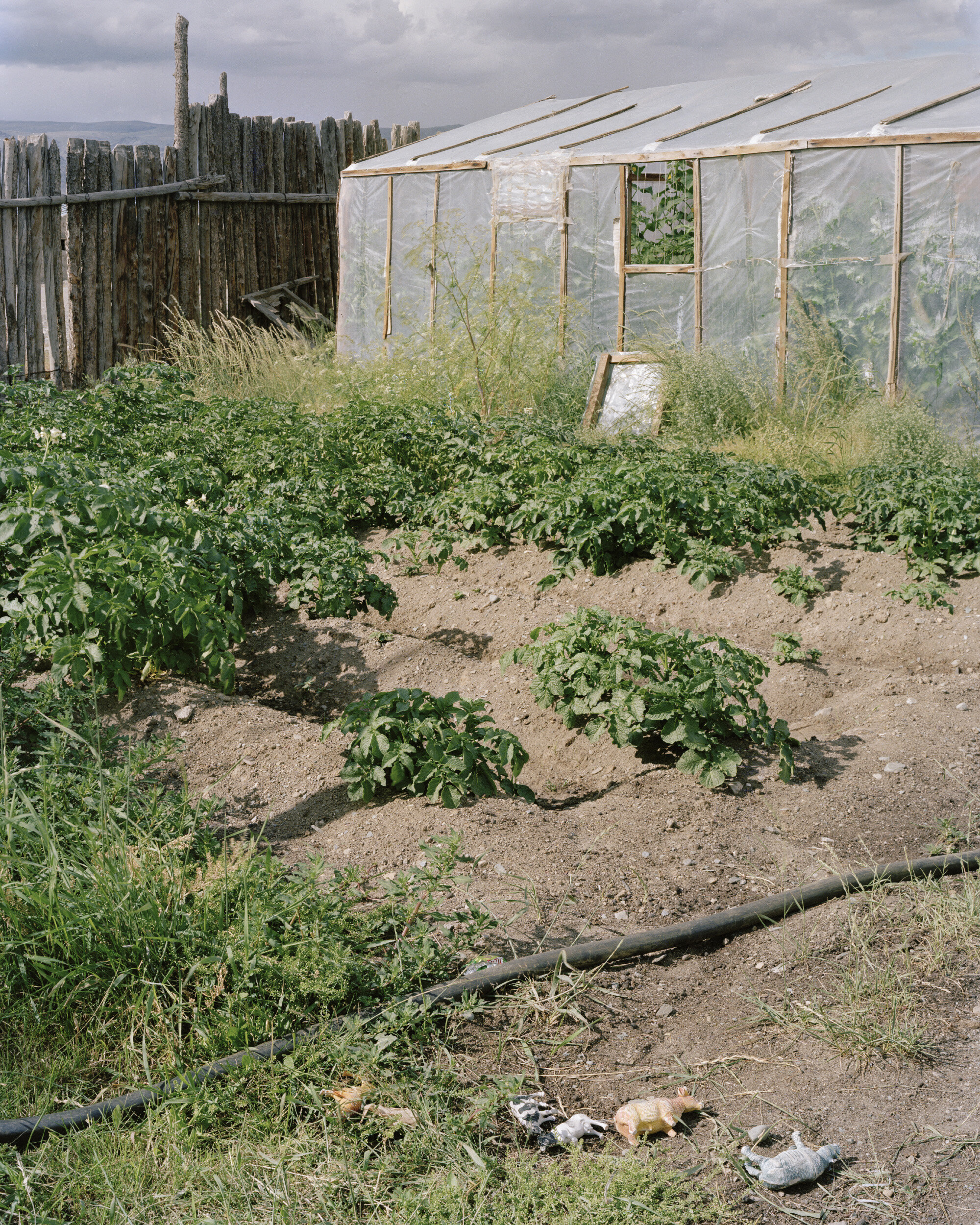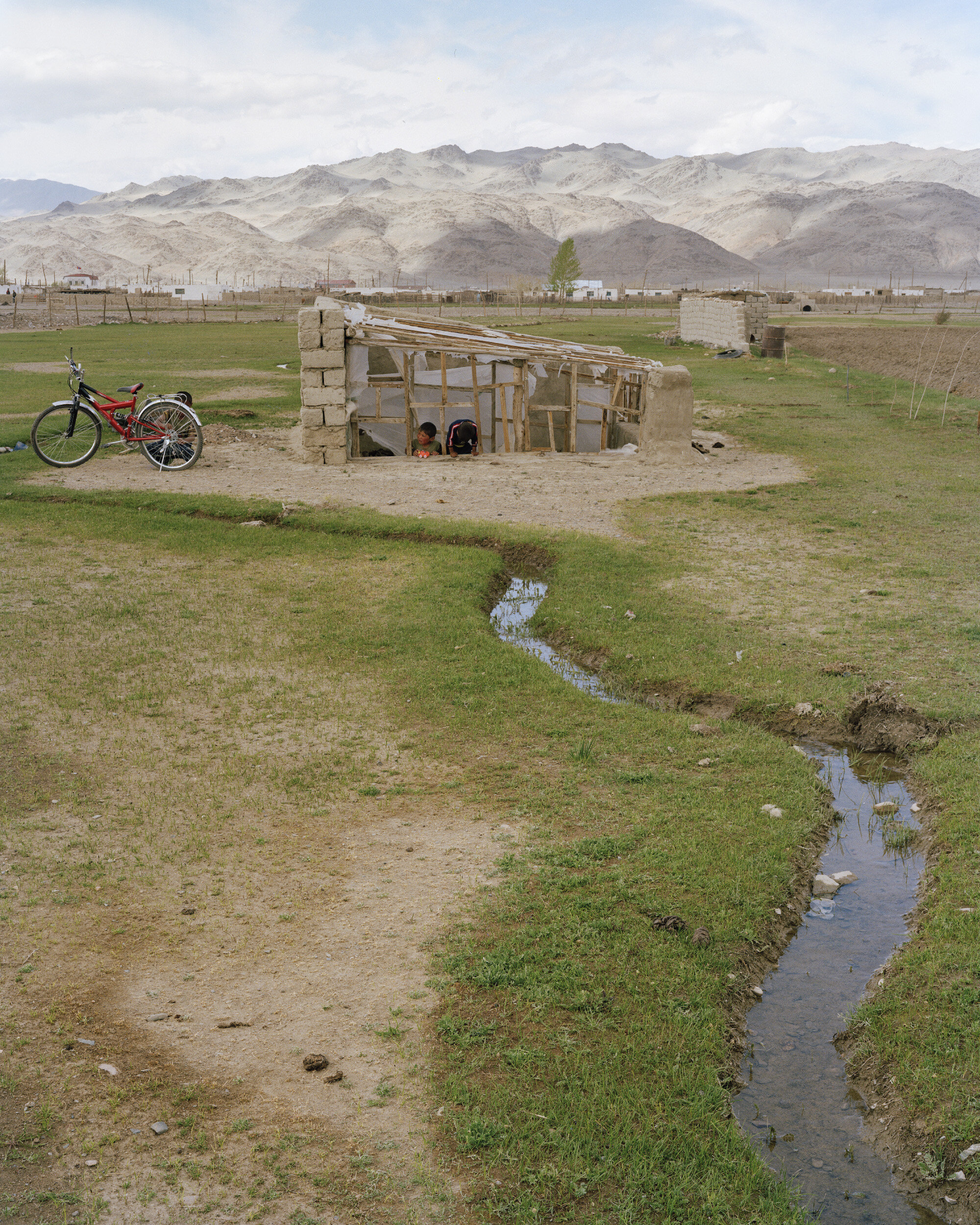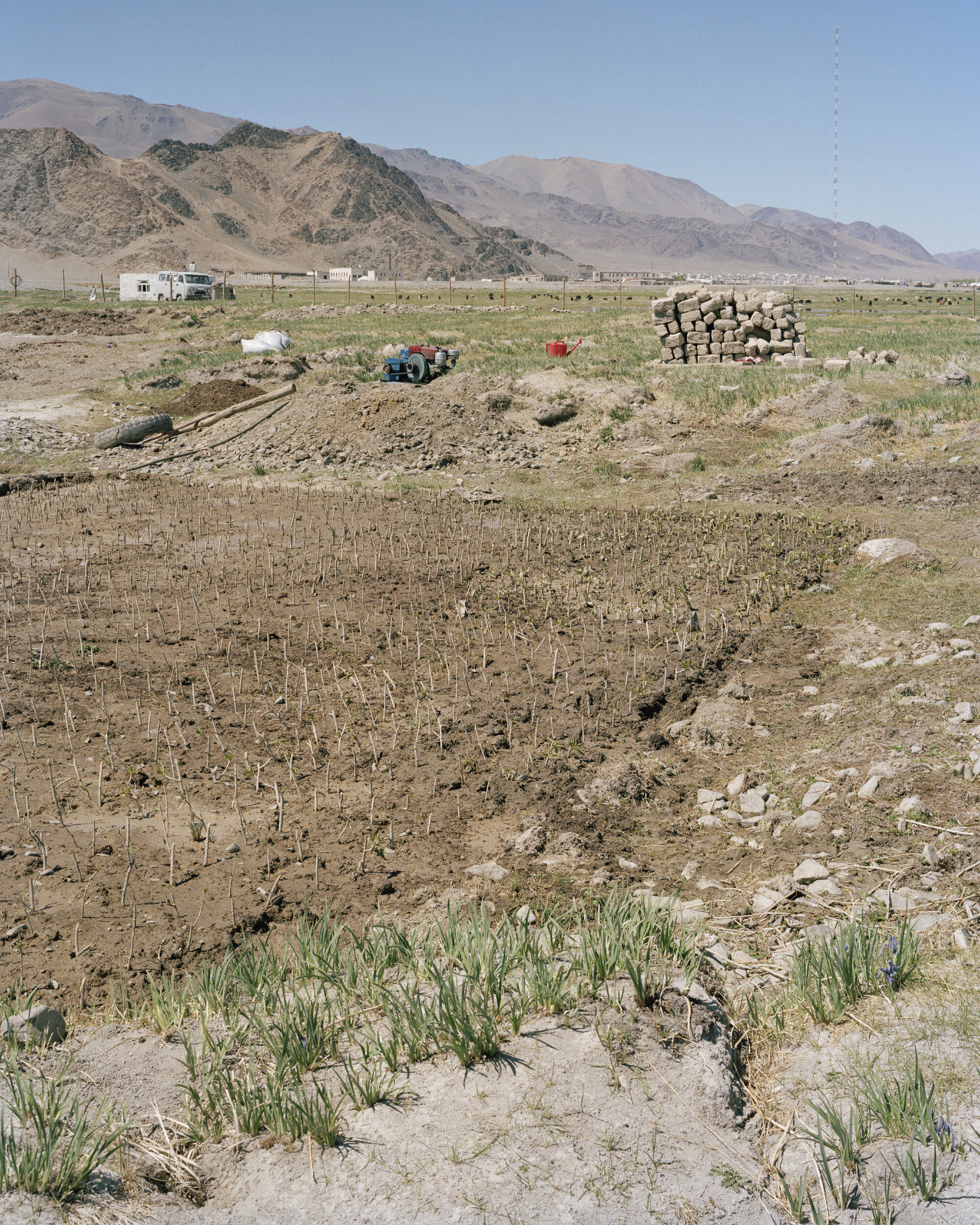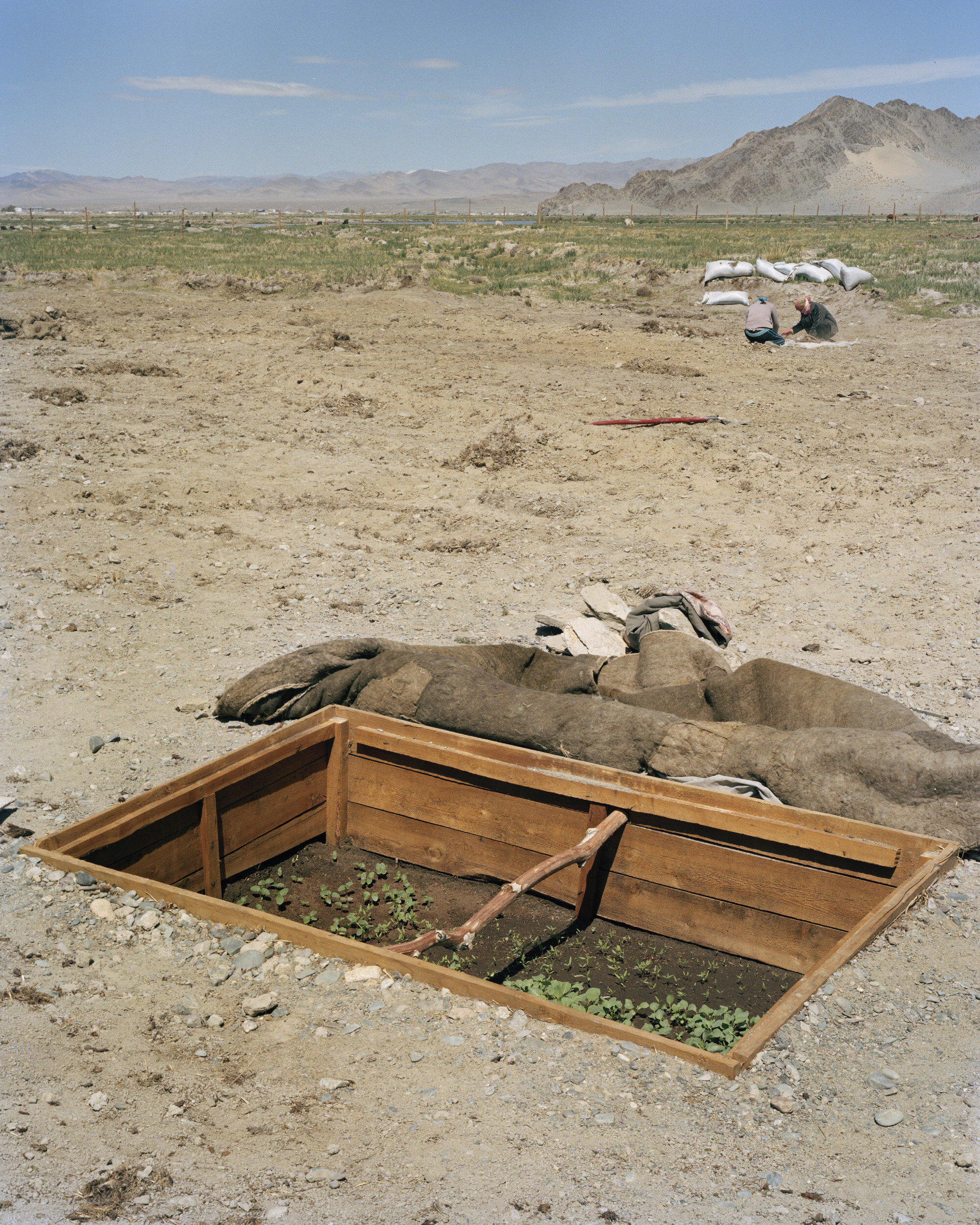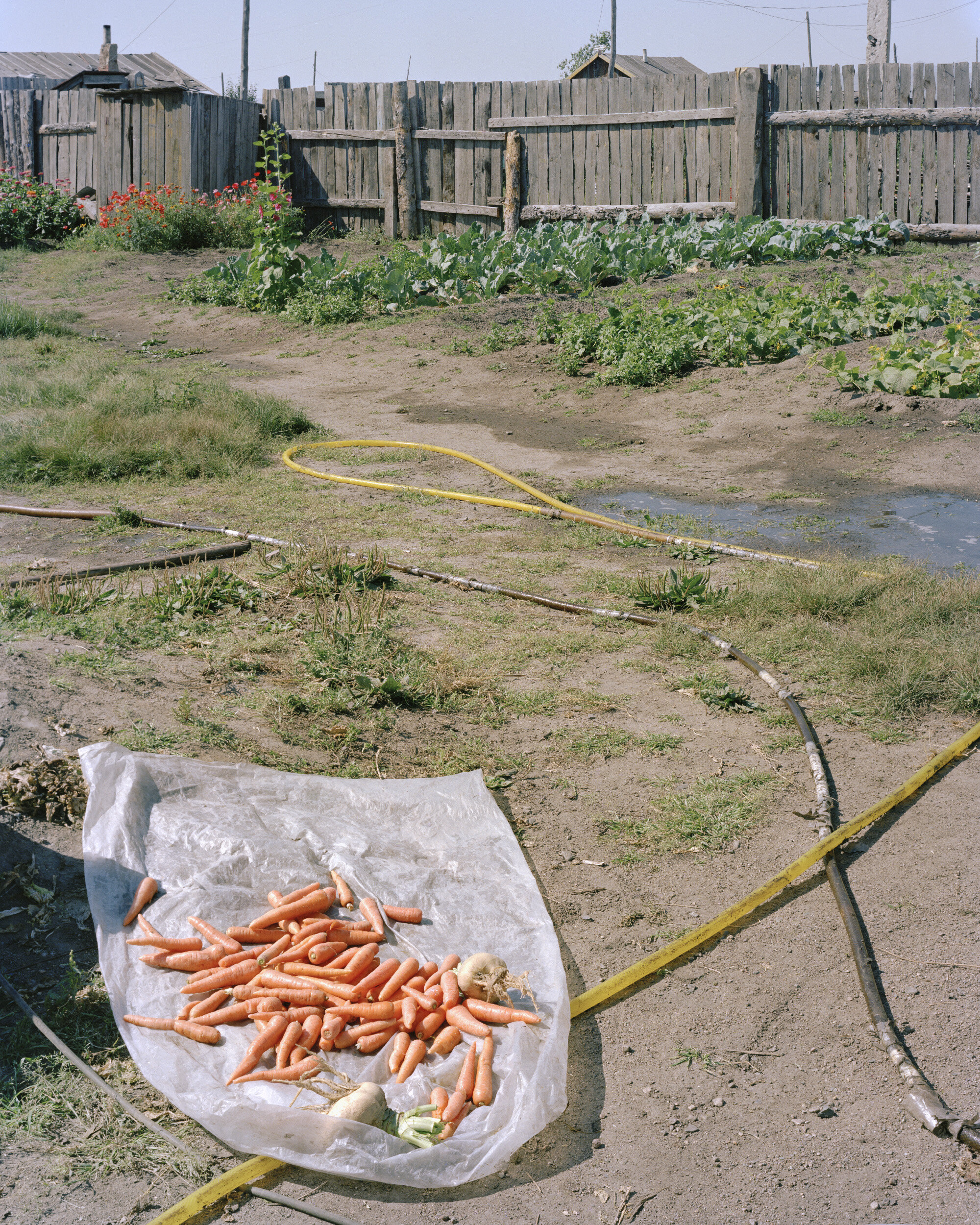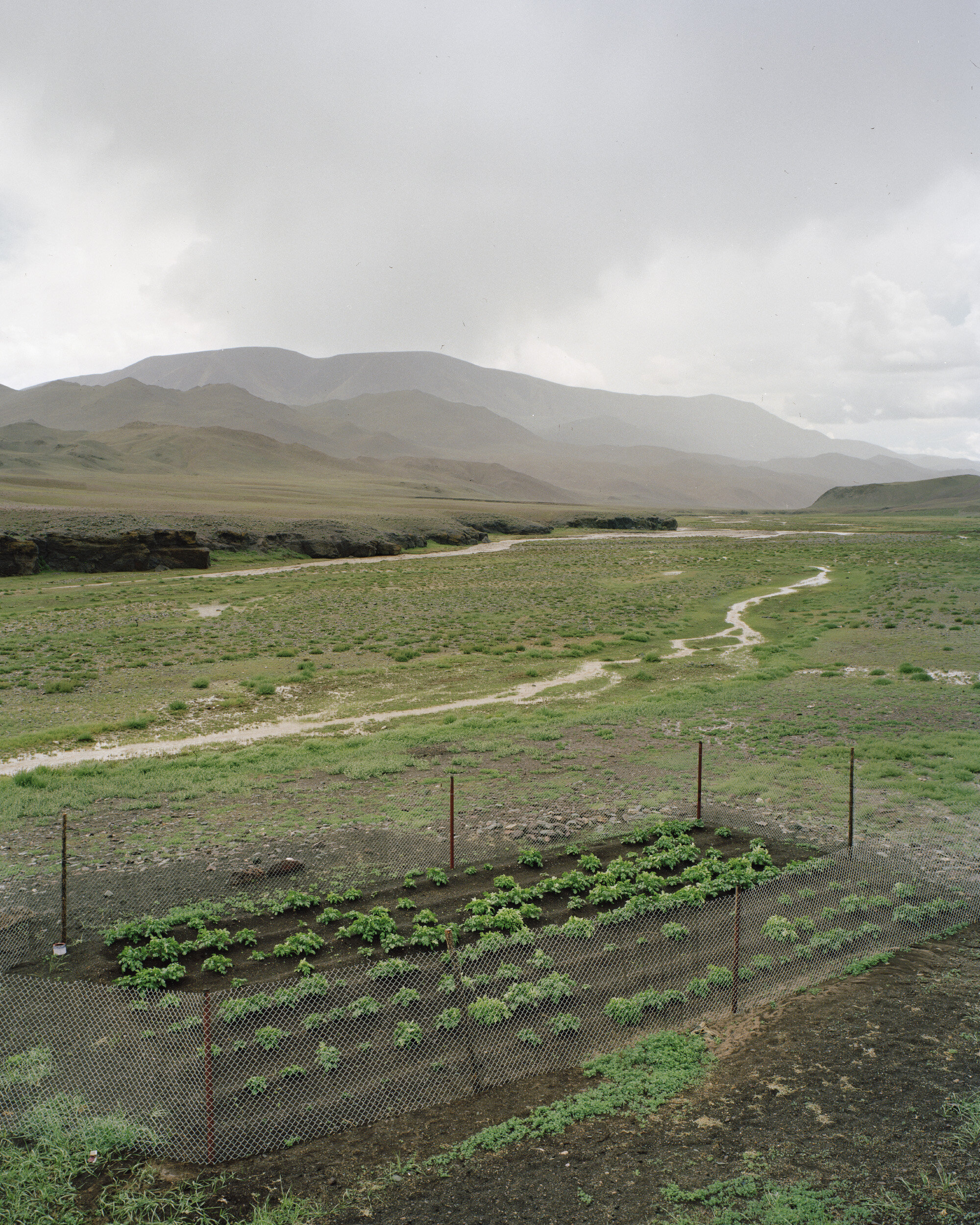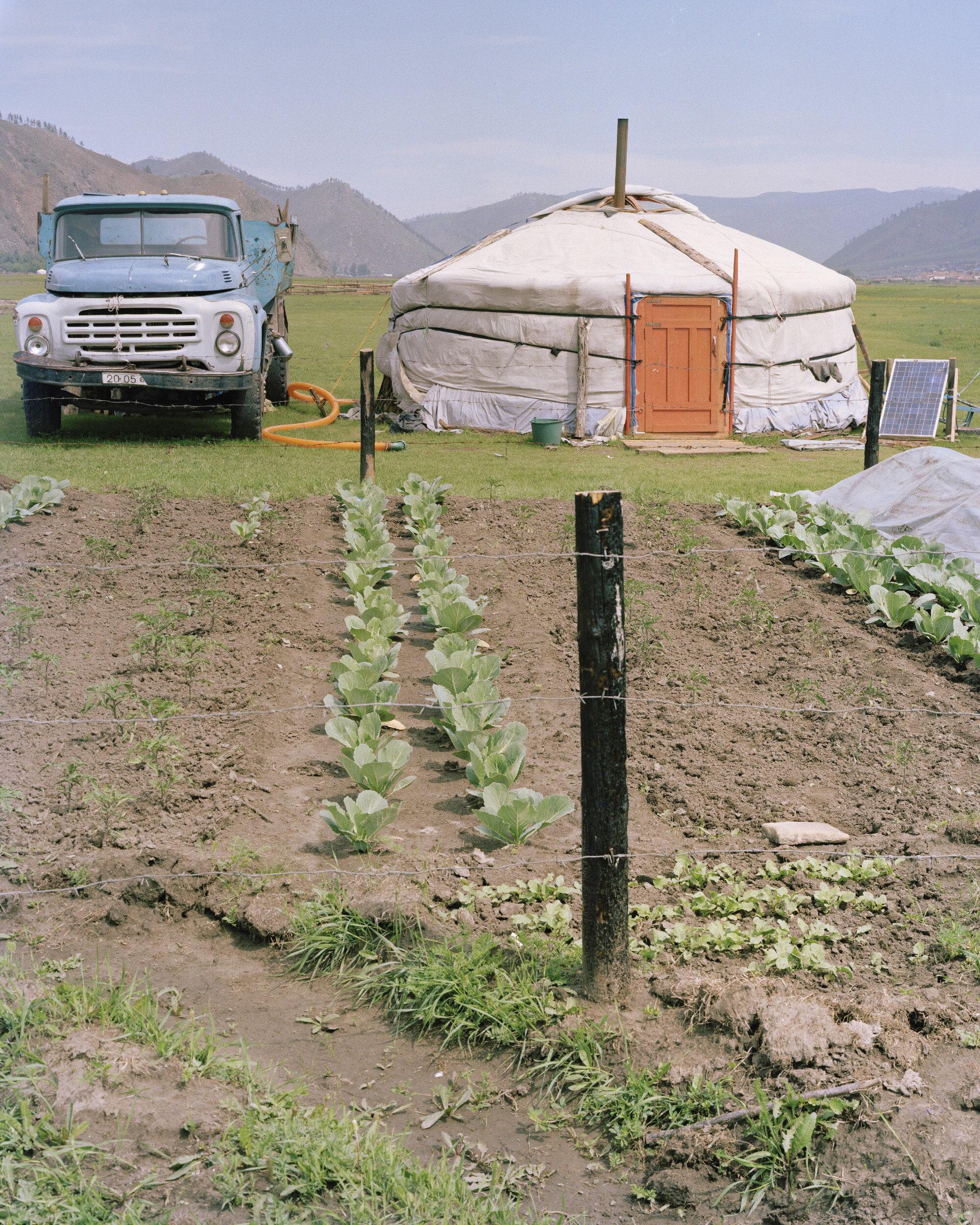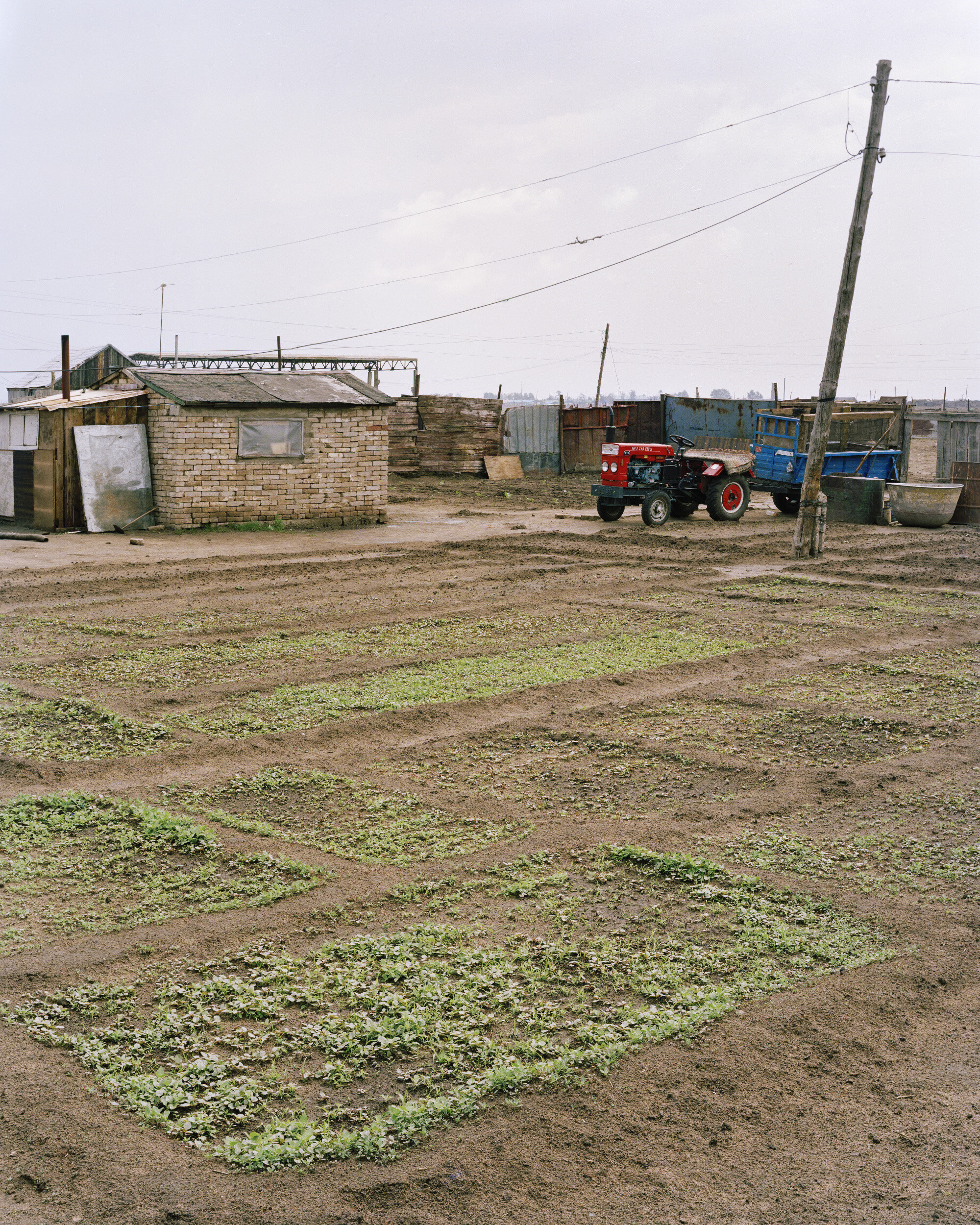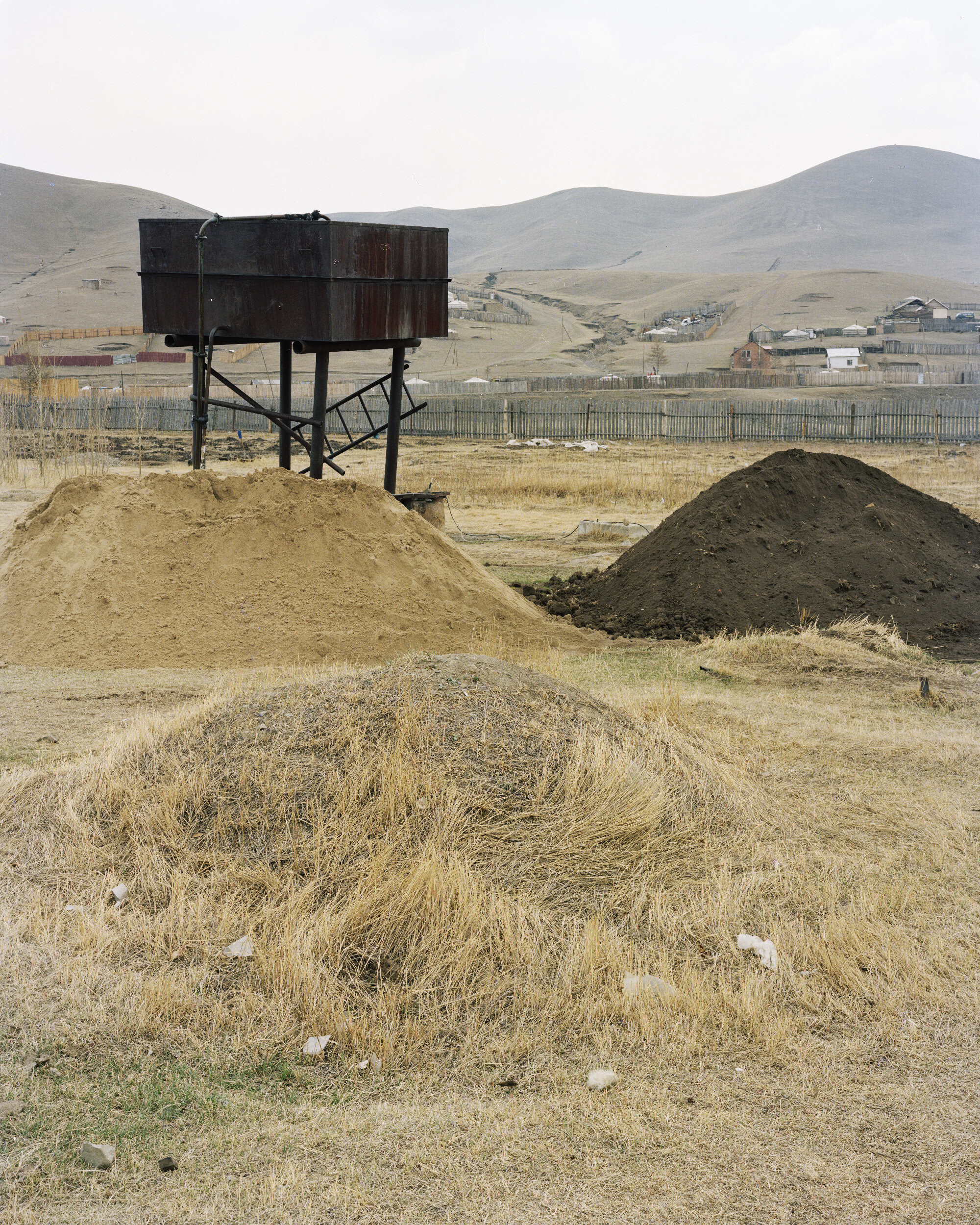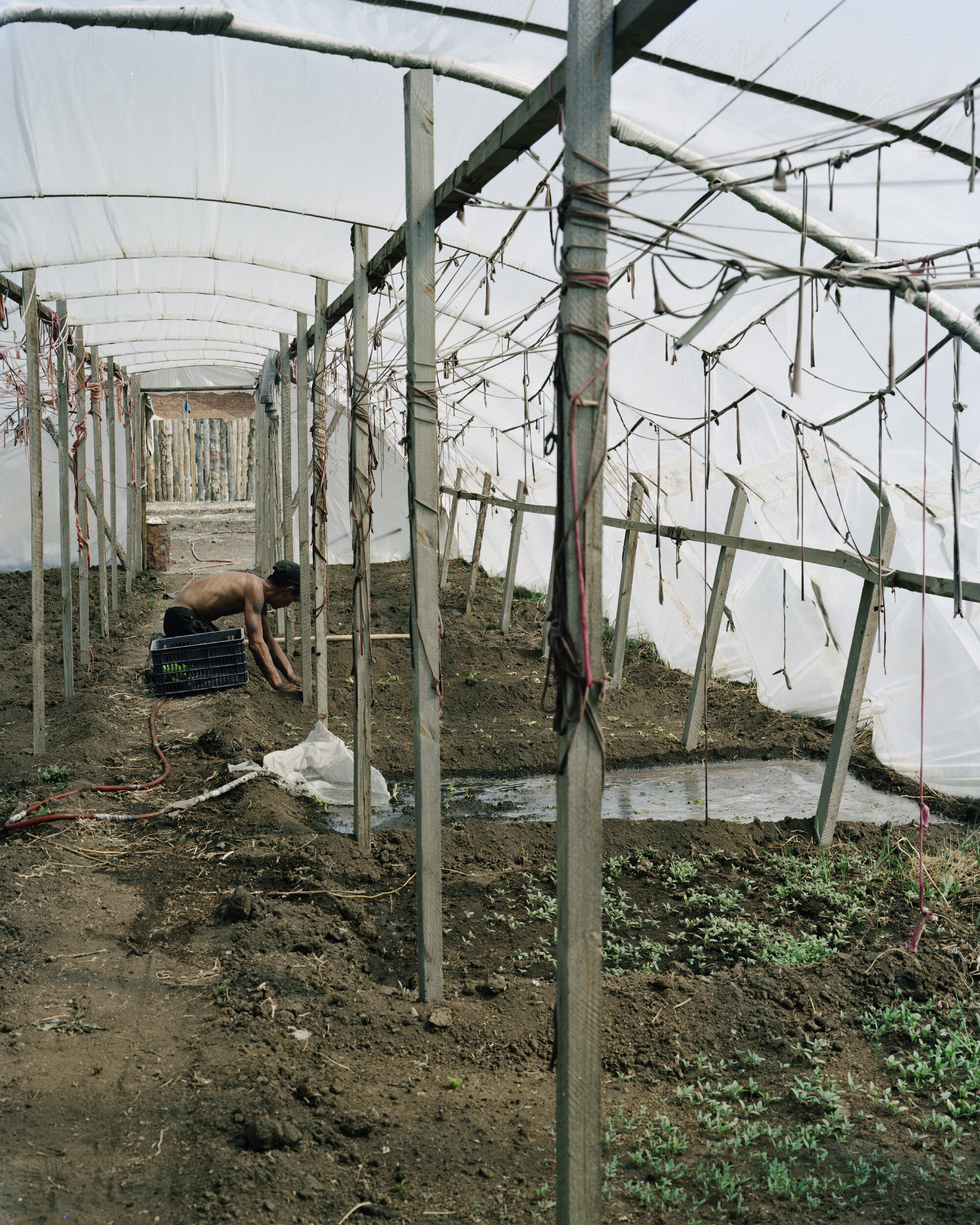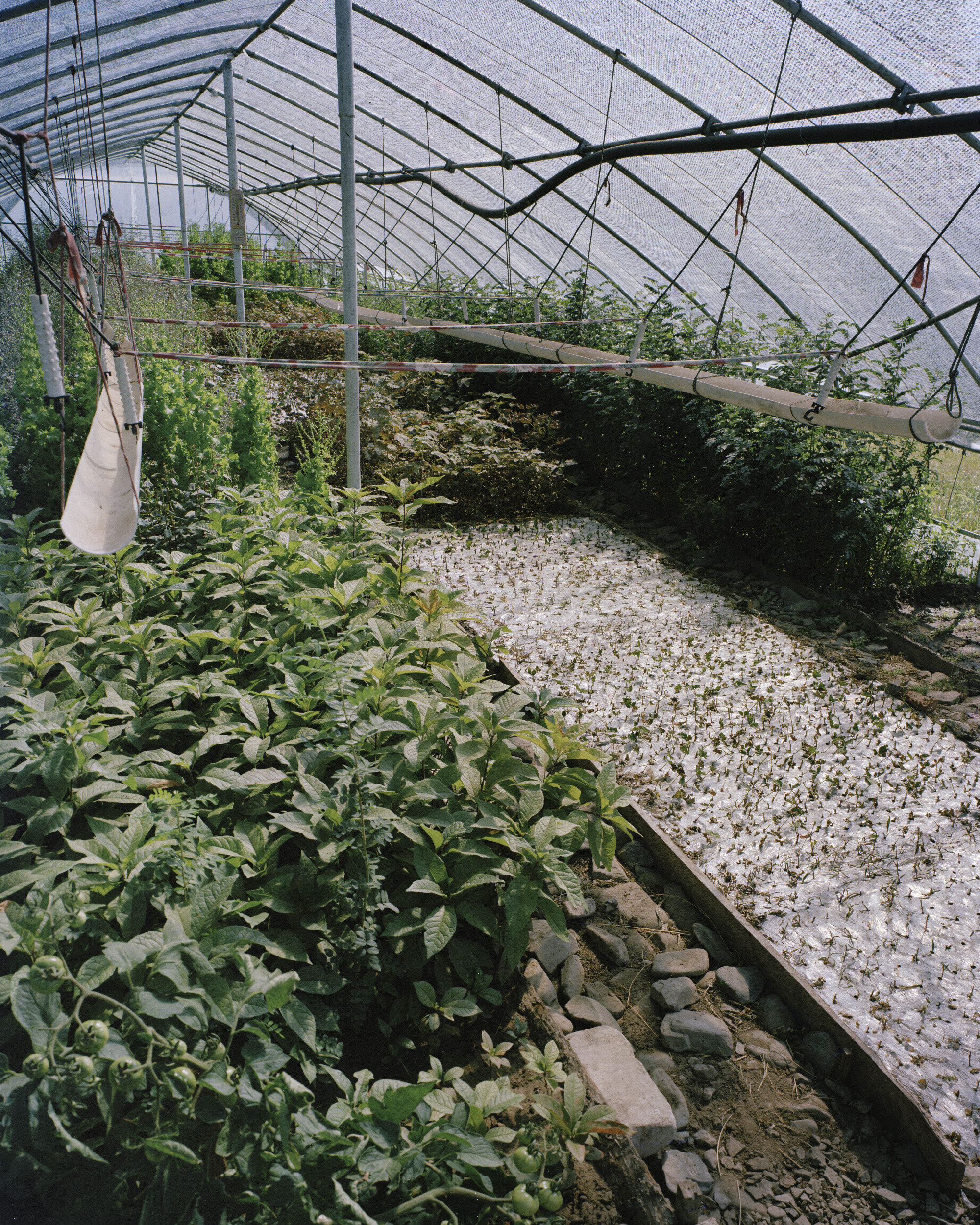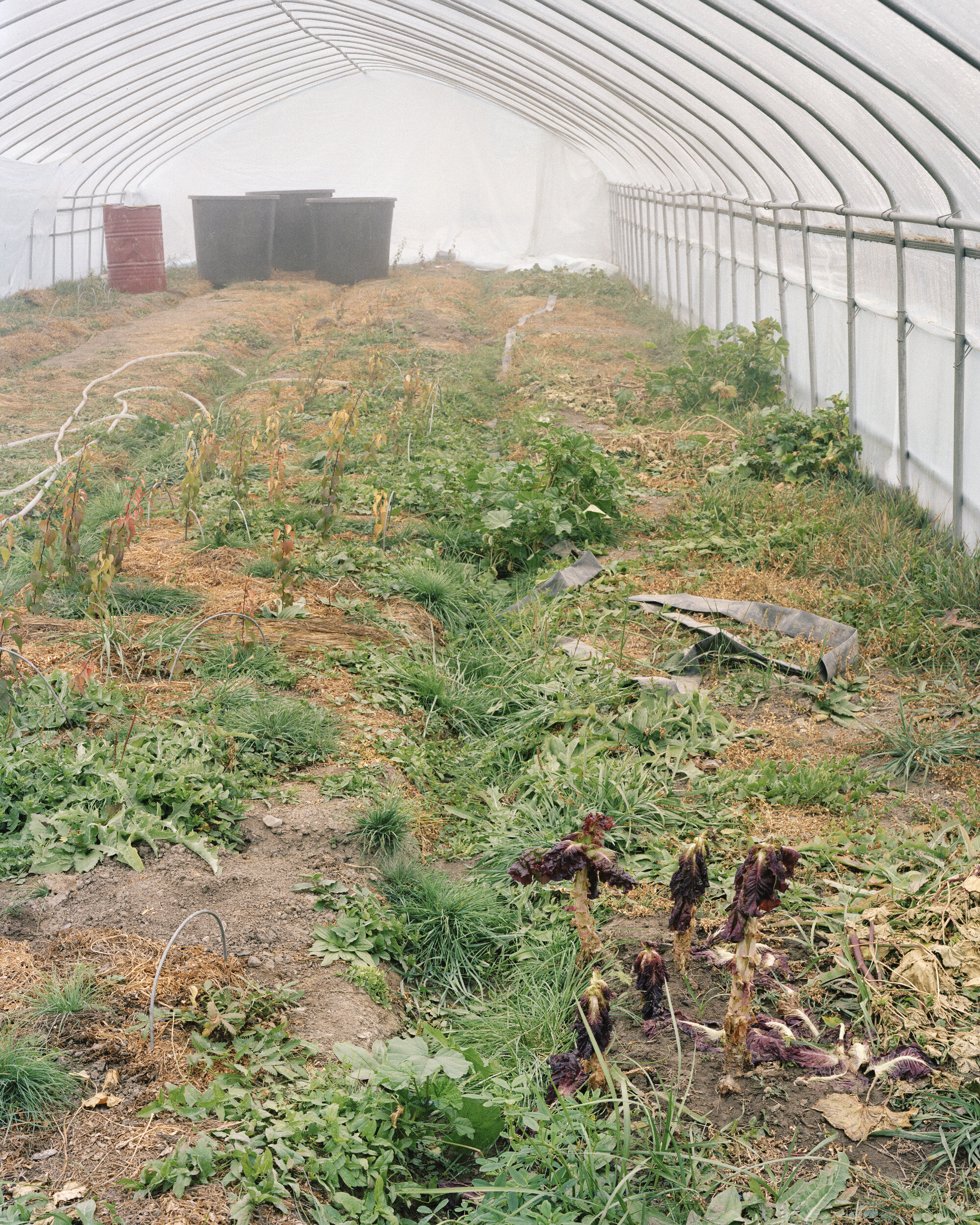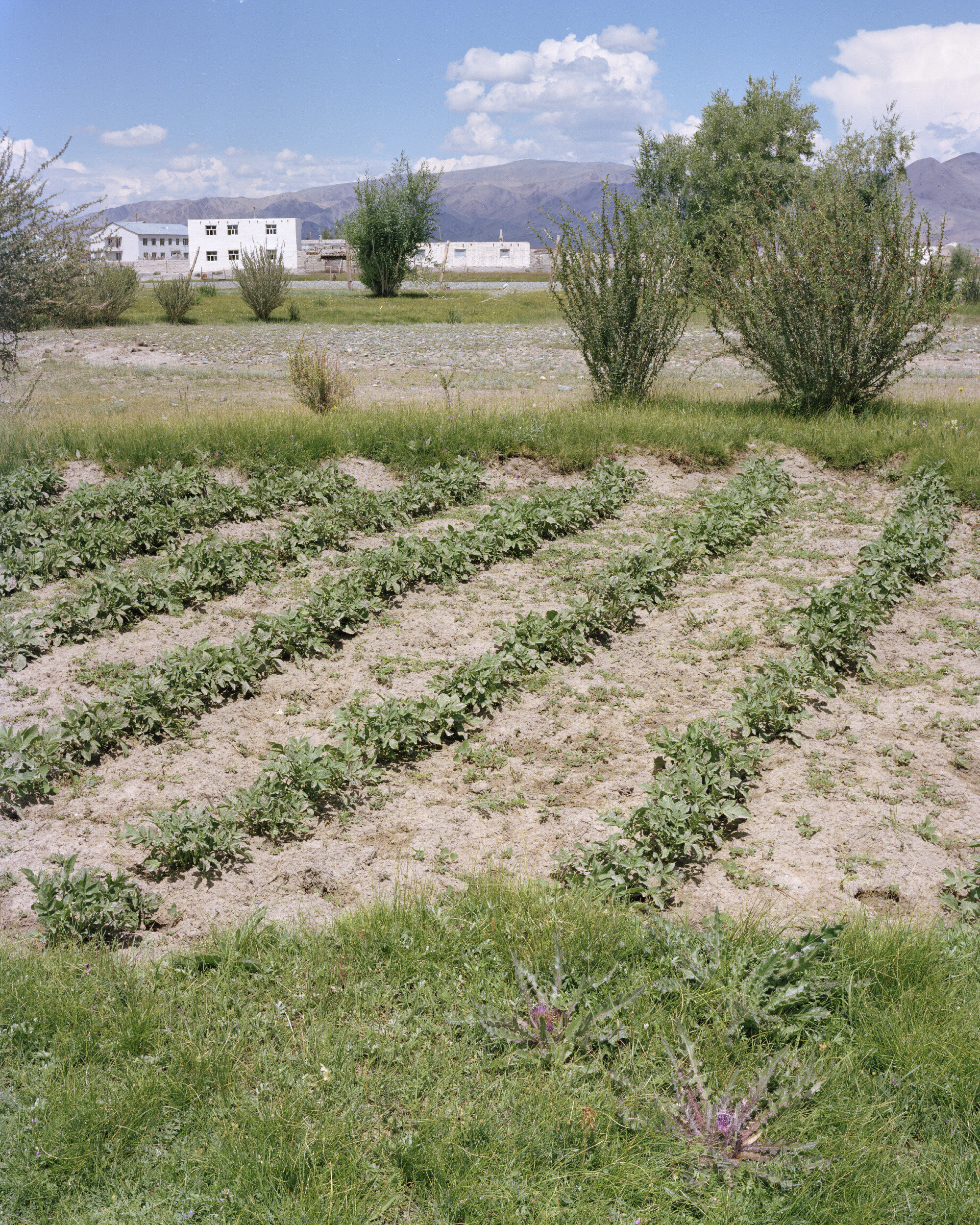This post is part of a series by Todd Forsgren on his project Post-industrial Edens — photographs or urban and community gardens worldwide, which has been ongoing since 2004.
Around the world, the gardens I have chosen to photograph show horticulture at an intimate scale. Found along the margins of human settlement, these patches of earth are normally separated from the surrounding landscape (and the observer) by little more than a flimsy fence. Land ownership is often tenuous, between our ideas of “public space” and “private land.” I aim to weave together these plots of land around the world as I portray the many stark contrasts I have found in these sites. Through these photographs, I strive to relate the spaces of these gardens to the world beyond the garden’s fence and my photograph’s framing. I hope to depict a world where the natural and the civilized are not thought of as mutually exclusive dichotomies, but as ideas and places that can sustainably coexist.
Part of the reason I went to Mongolia in 2008 to photograph gardens is because of the many unique aspects of their gardening traditions. The traditions and history of landscape and gardening in Mongolia differed so much from the gardens I’d been photographing in the United States, as well as Cuba. Lately I’ve been itching to go back and see how the gardens have changed and grown over the past twelve years (and because I miss all my great friends there, plus my Mongolian riding boots are wearing out, so I need a new pair). Mongolia is one of the hardest places in the world to grow vegetables, with its extreme continental climate. There’s a reason that Mongolians eat more meat per capita than any other country. It’s also the most sparsely populated country on earth, with vast rolling grasslands in the east and rugged mountains in the west.
A combination of harsh climate, tradition, and government restrictions prevented most Mongolians from gardening until their peaceful revolution of the mid-90s. Since independence, imported produce has been scarce, as remote Mongolia has had difficulty finding reliable trading partners. In addition, recent years have brought Mongolia exceptionally severe winters, known as dzuds, resulting in extensive loss of livestock, their traditional agricultural mainstay.
In response, small-scale horticultural projects have been encouraged by the government as well as international NGOs, with the hope of providing a more adequate and balanced diet. This careful and intensive management of small plots maximizes the use of Mongolia’s limited arable land (which is less than 1% of the country’s total area). The gardens cost little, requiring neither the heavy machinery nor the massive fertilization that were essential to the mechanized farms of the Soviet era.
In contrast, these communal gardens become quite self-sufficient following an educational initiative. Surplus produce provides significant economic incentive, and the gardens provide employment and empowerment to many who have been marginalized by recent hardships. These varied benefits, which go well beyond providing the only fresh produce many communities see all year, have gained these programs widespread grassroots popularity.
As Mongolian horticultural traditions are quite limited, diverse approaches are being tried by many individuals and organizations. Gardens are often stripped down to the essentials, as limited crops can grow in the harsh climate and only a few are popular in Mongolian diets; most gardens are just potatoes, cabbage, onions and carrots. Other gardeners are growing “superfoods” such as sea buckthorn, which have a wide appeal and high enough value to export. Government programs sought to produce a new strain of potato suited for Mongolia’s harsh climate while some NGOs have brought in unique heirloom varietals from far away to try to find new crops that thrive in the challenging climate of Mongolia.
Some religious groups have made gardening a central project to their missions in Mongolia. Mongolians bring an insight from their nomadic lifestyles, with a broad understanding of the landscape, into the intimate spaces of the gardens. The extremely difficult climatic challenges have led to intimate care of the vegetables, where precious seedlings are covered in felt blankets during the springtime and watering must be done with care during the hot dry summers.
I hope my photographs demonstrate the stark visual contrasts between the tender care lavished upon Mongolia’s gardens and the vast surrounding landscape. A landscape that is undergoing desertification and other challenges in the face of globalization. Both local stewardship and global action will be required to continue to grow vegetables in Mongolia as well as to maintain the grasslands and Mongolia’s traditional livestock require.


